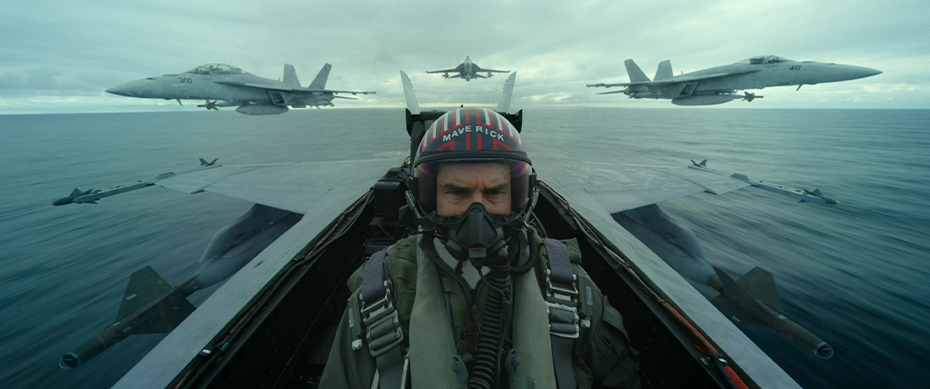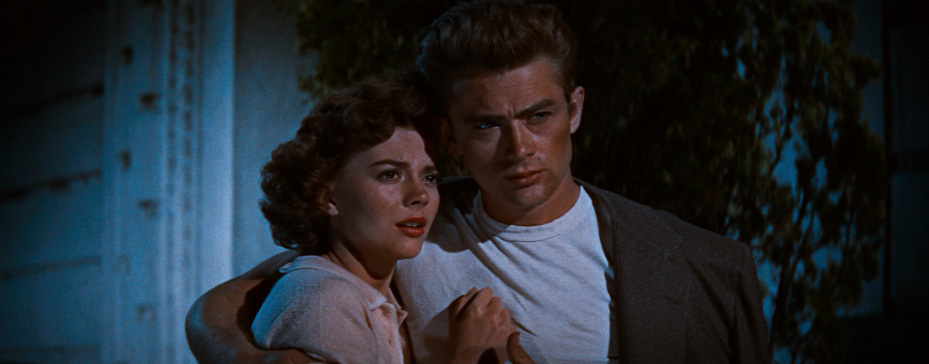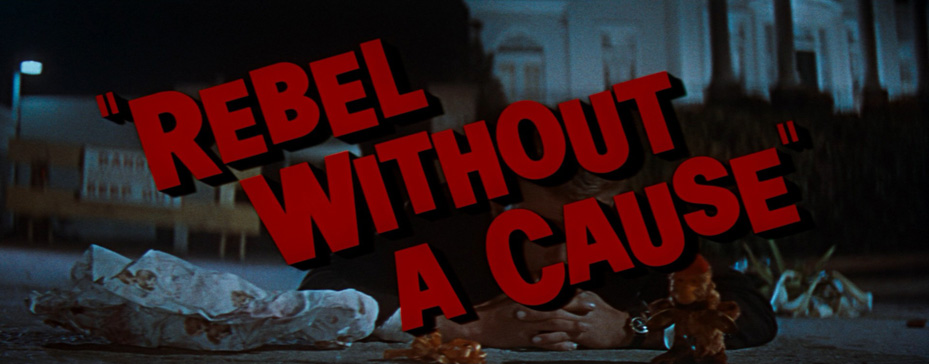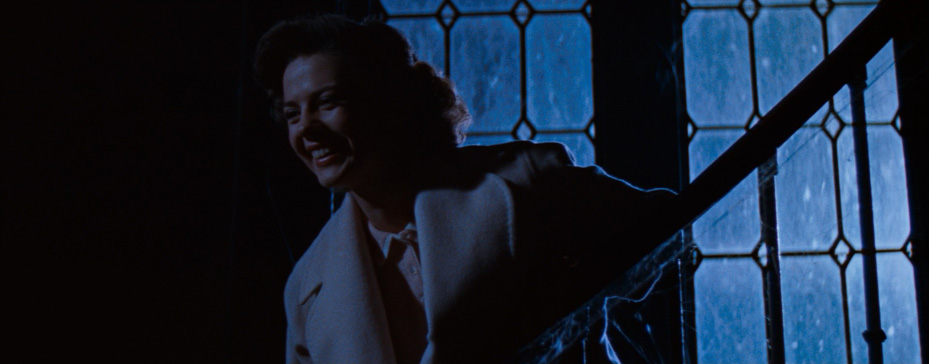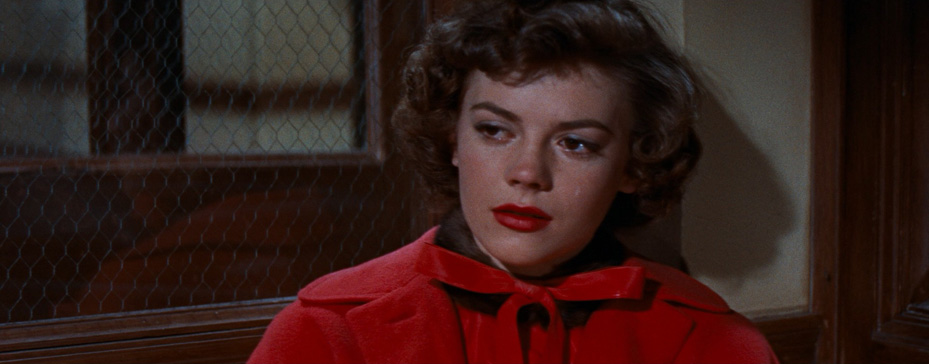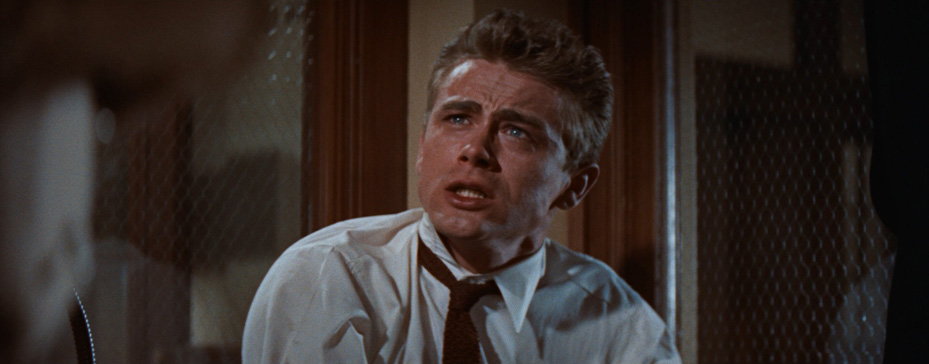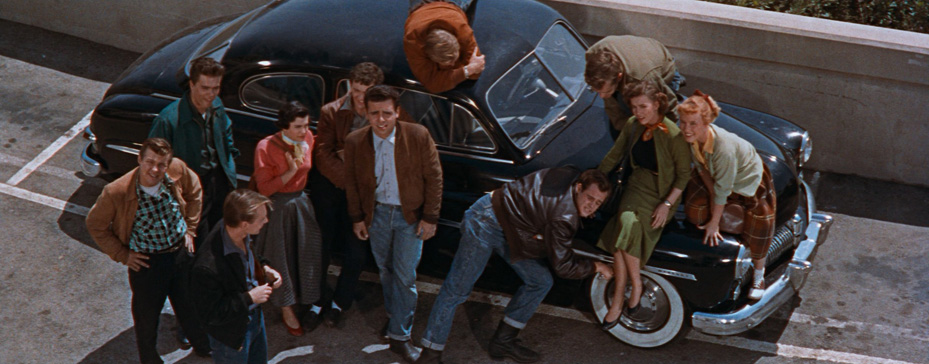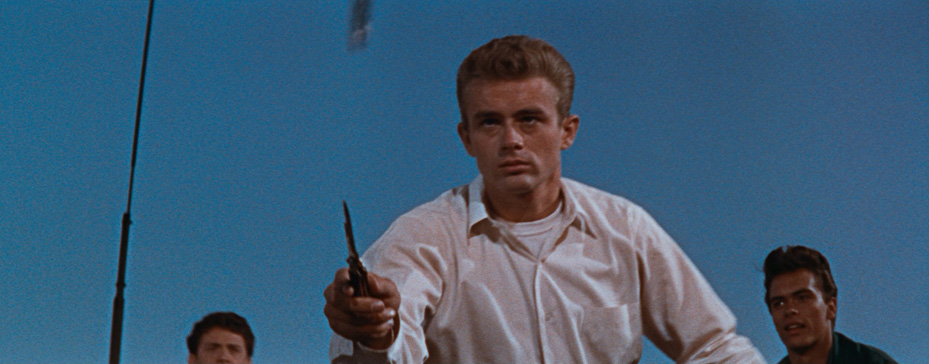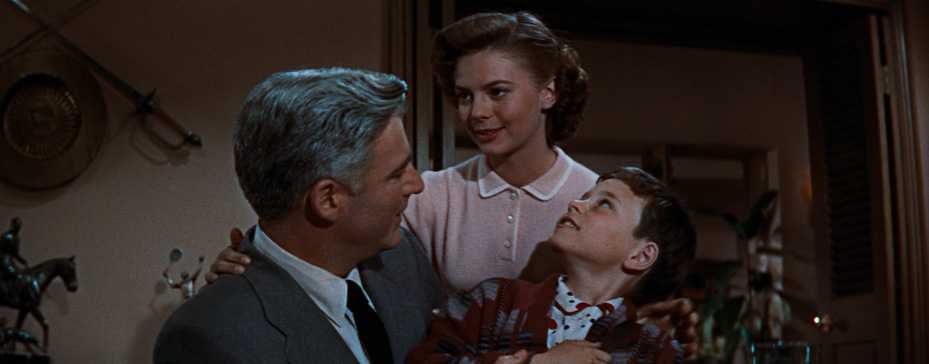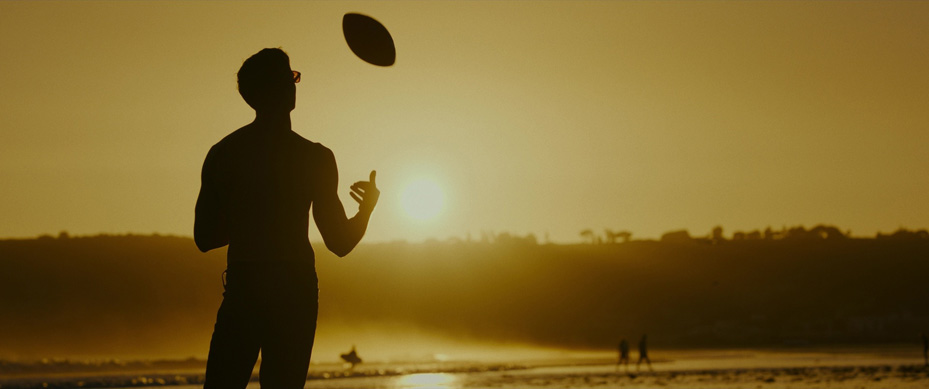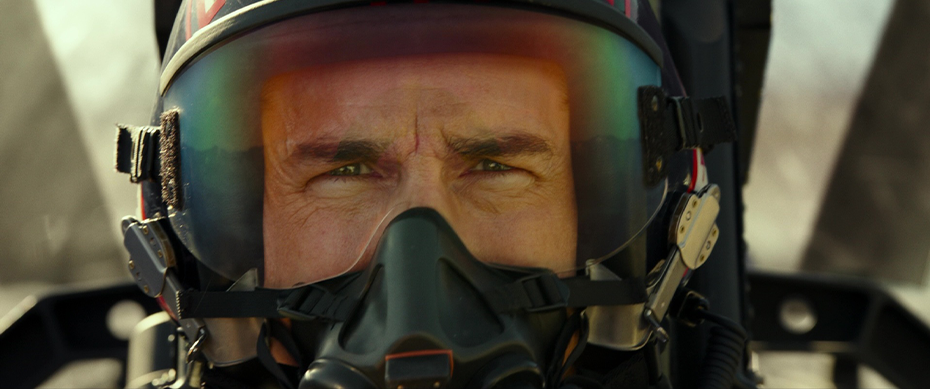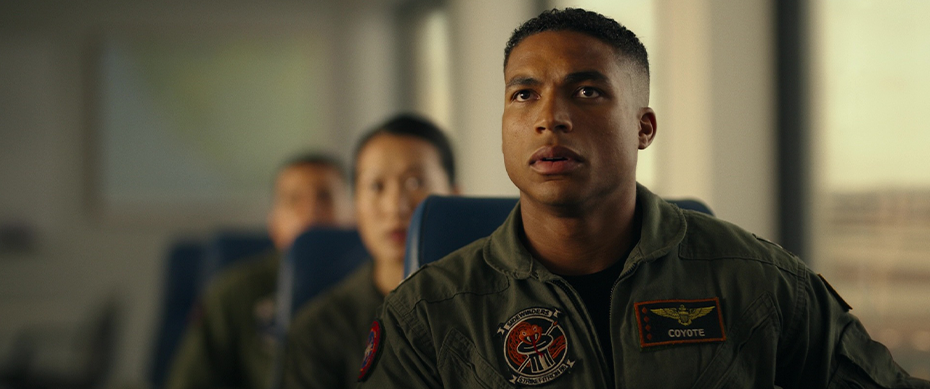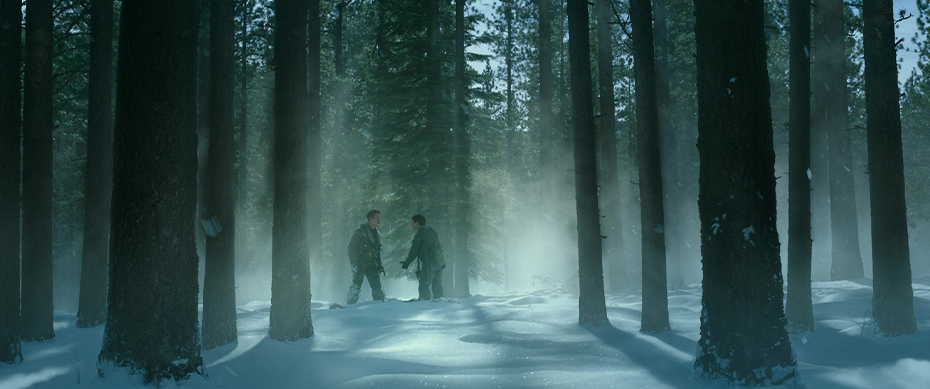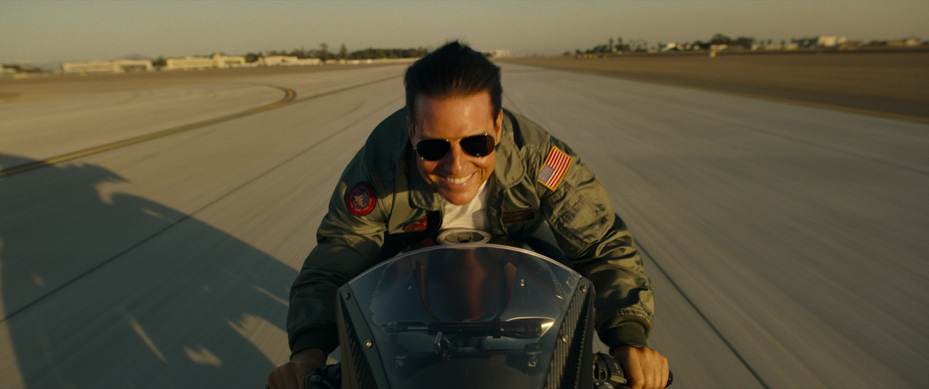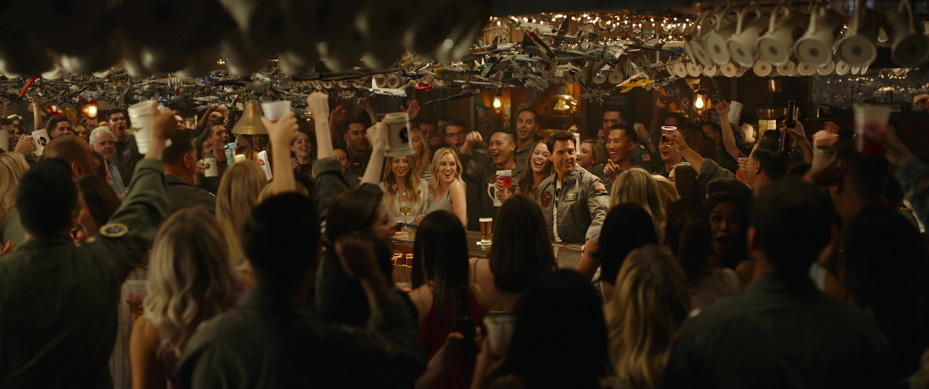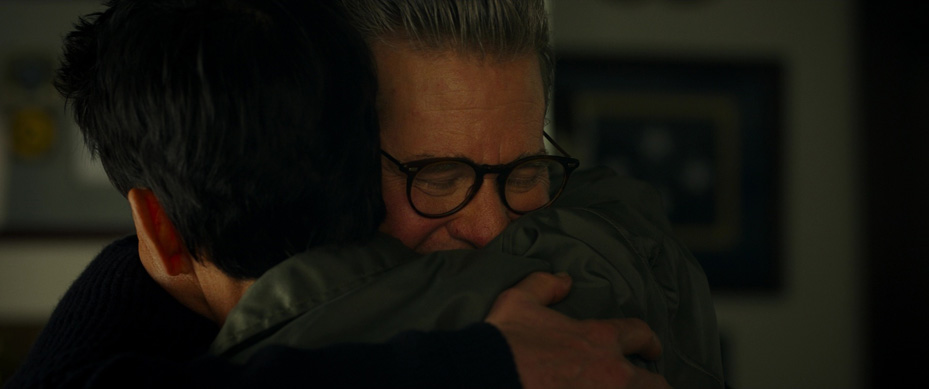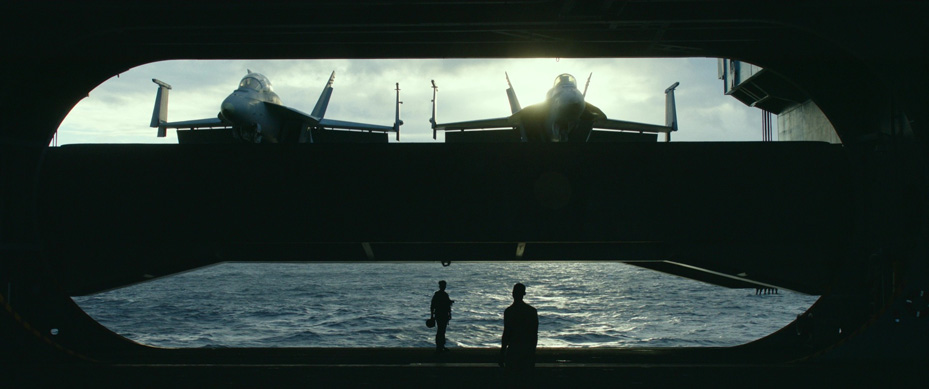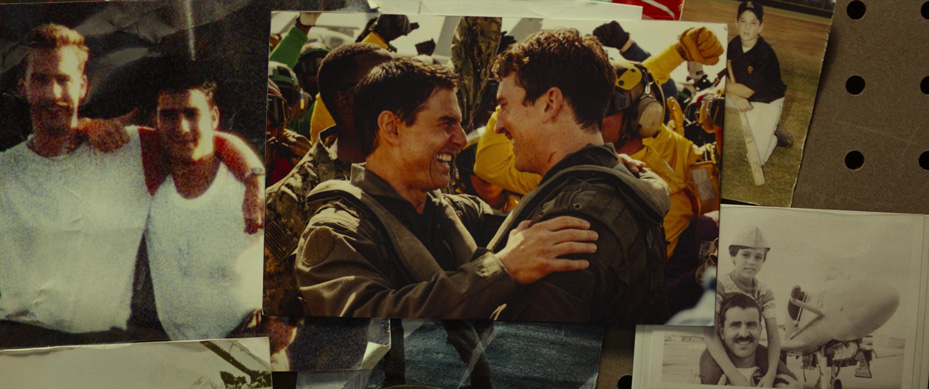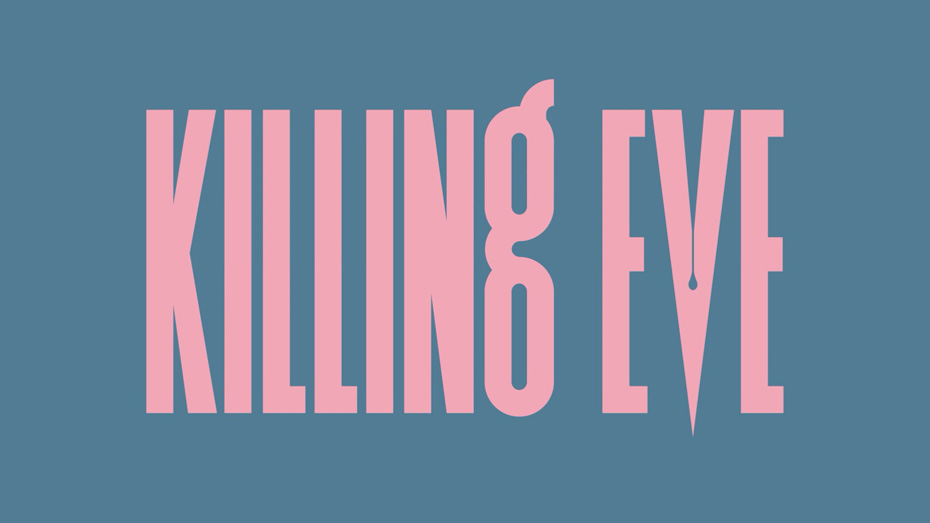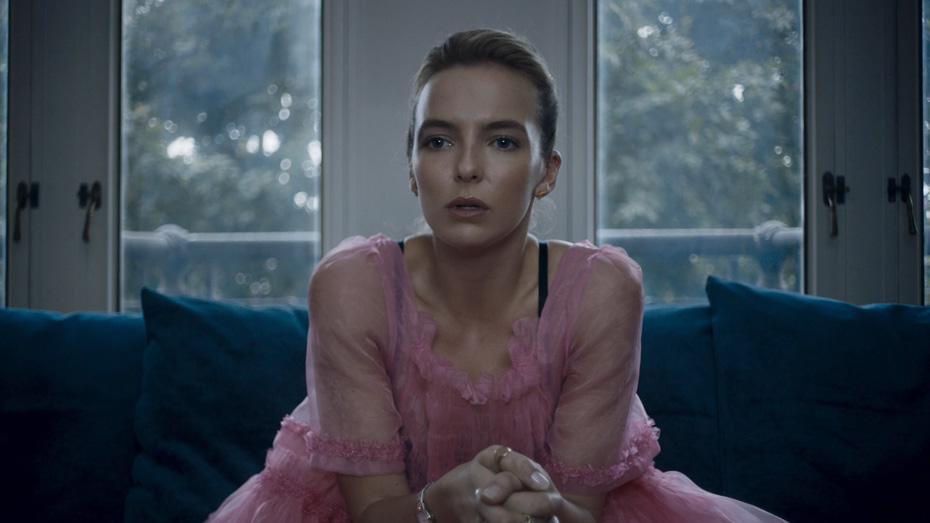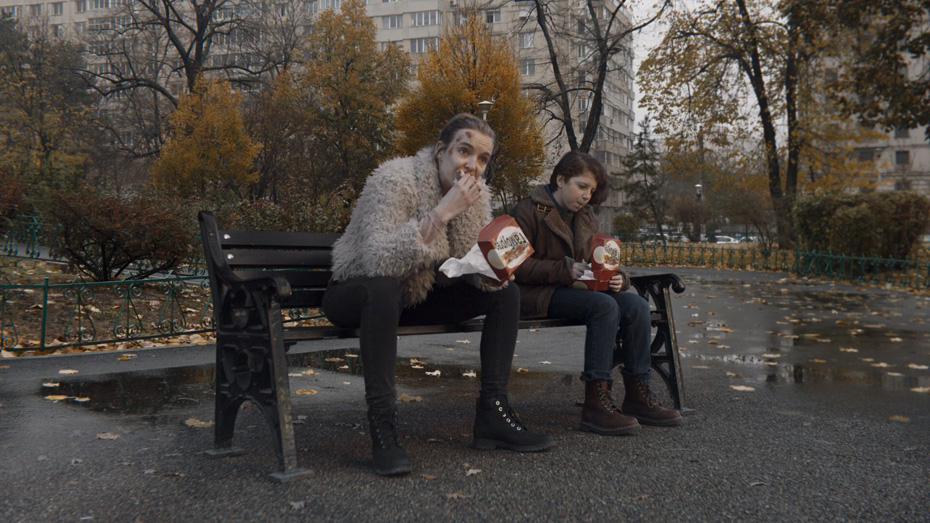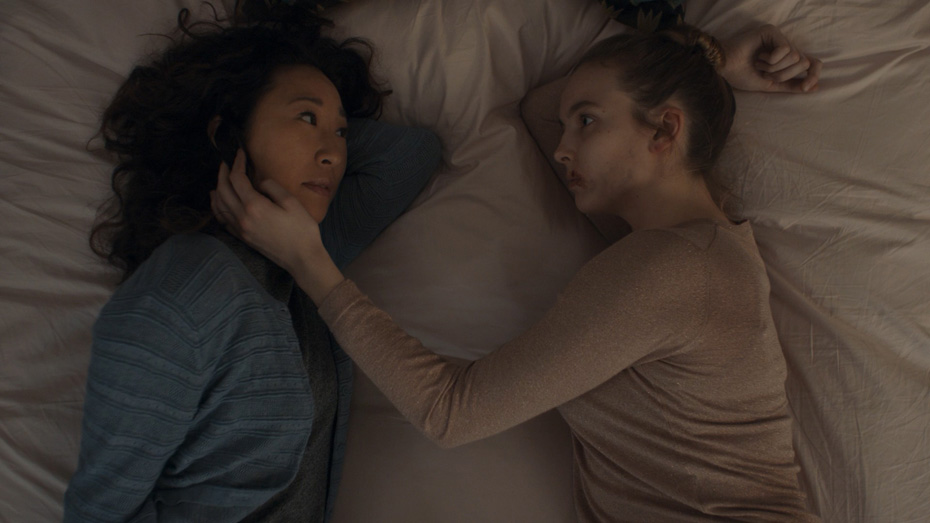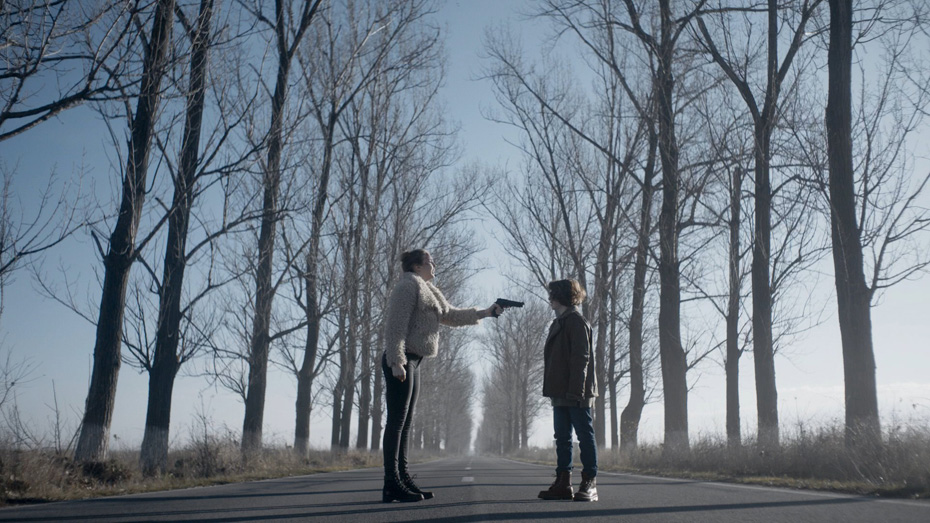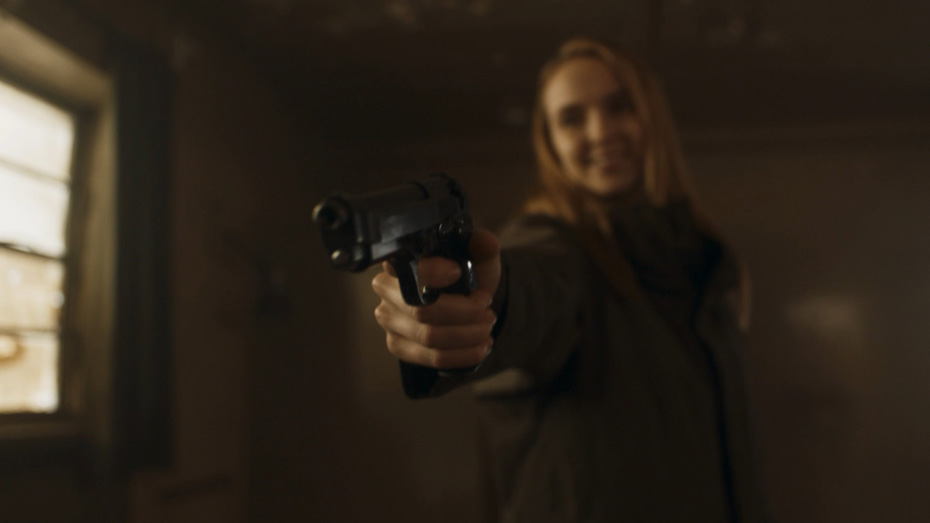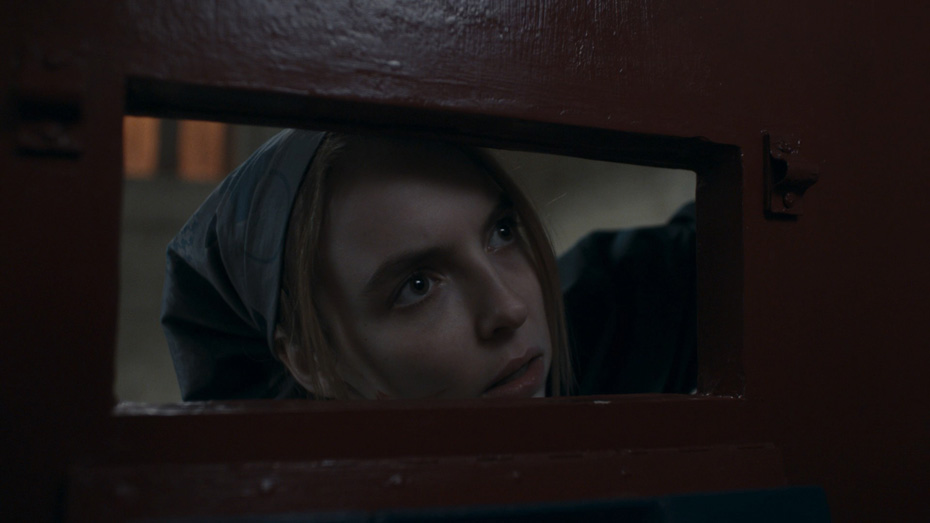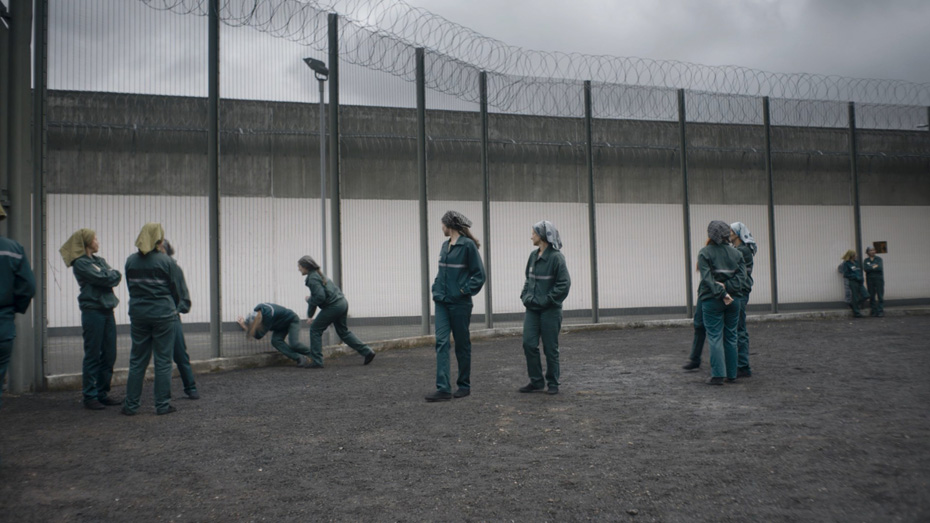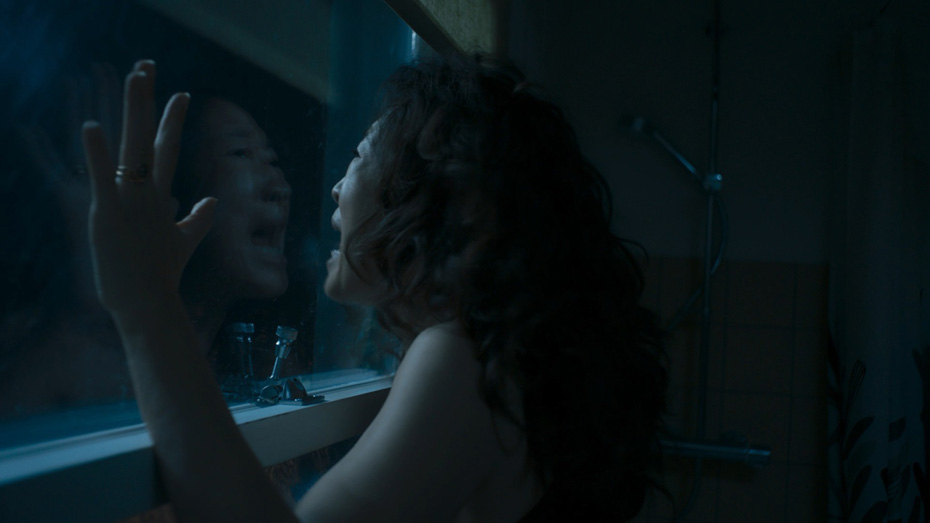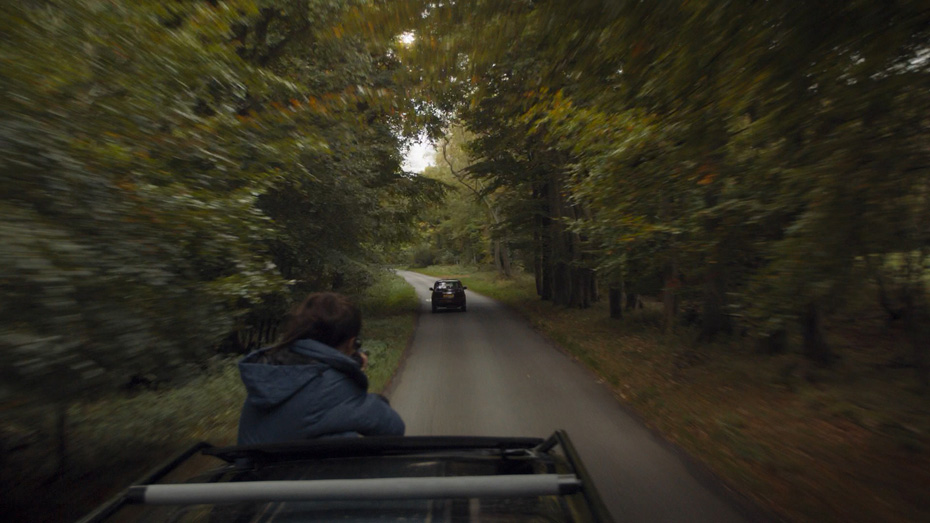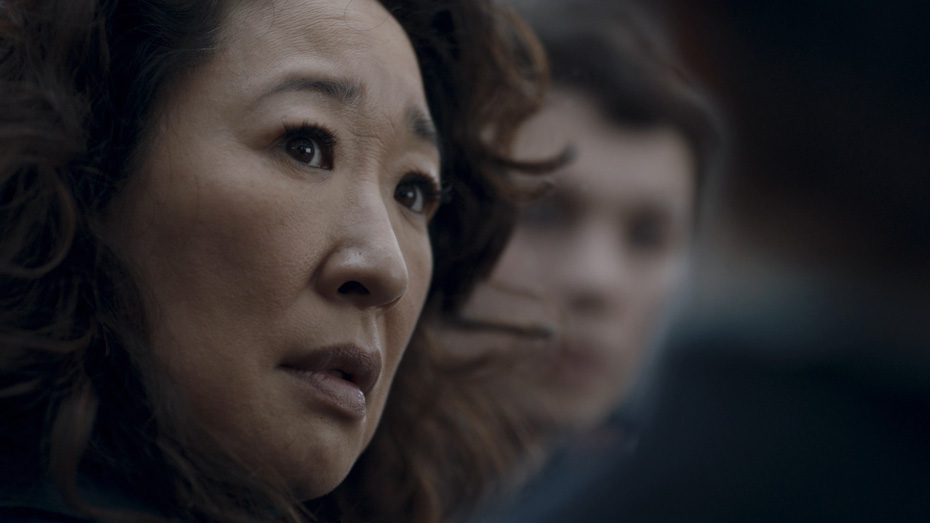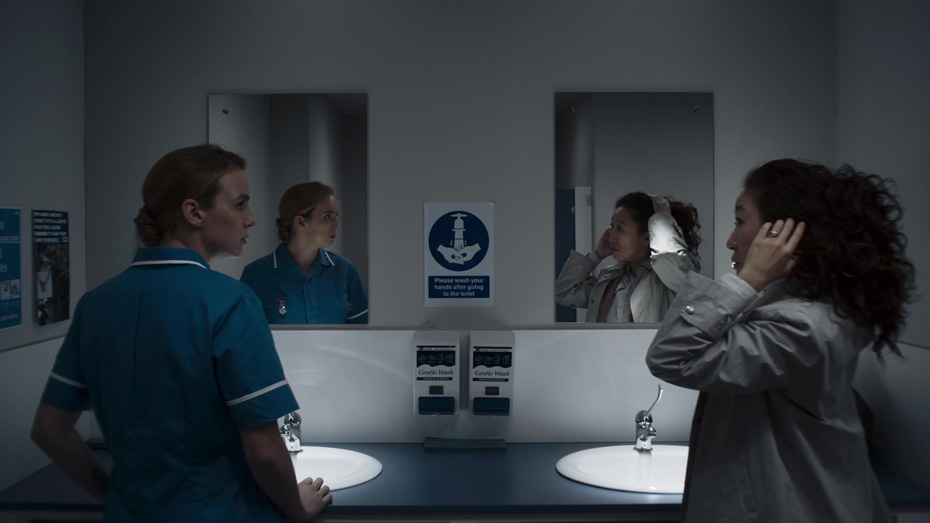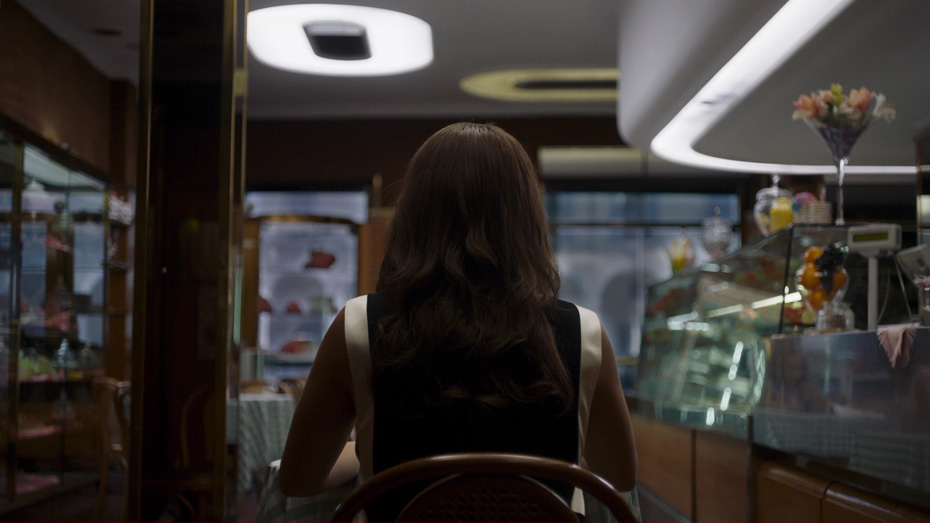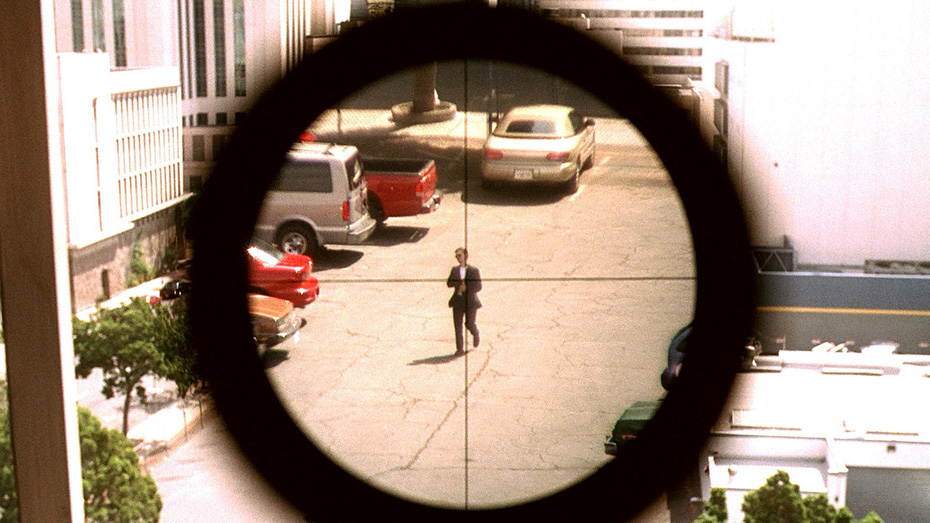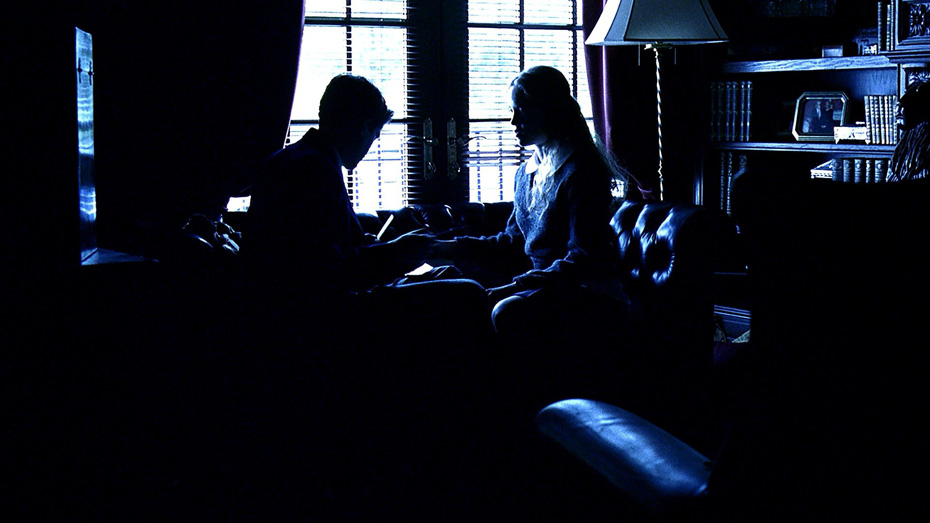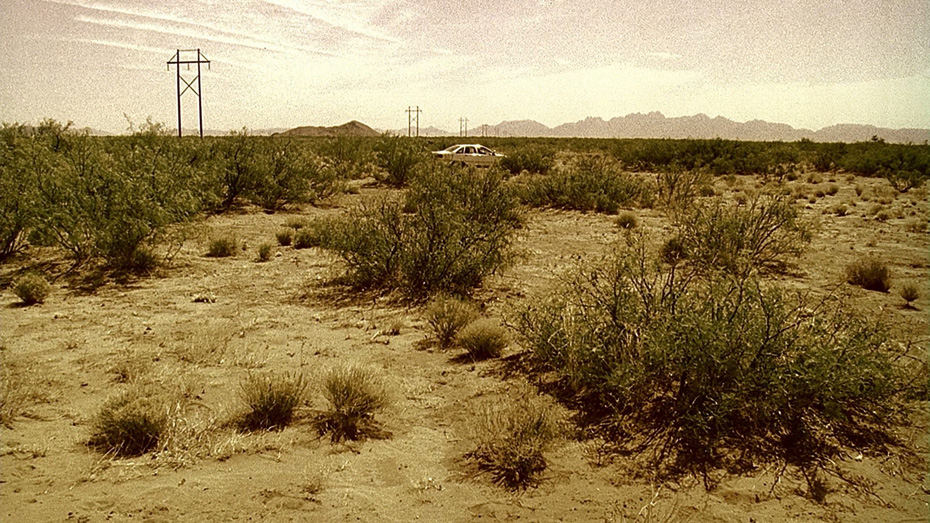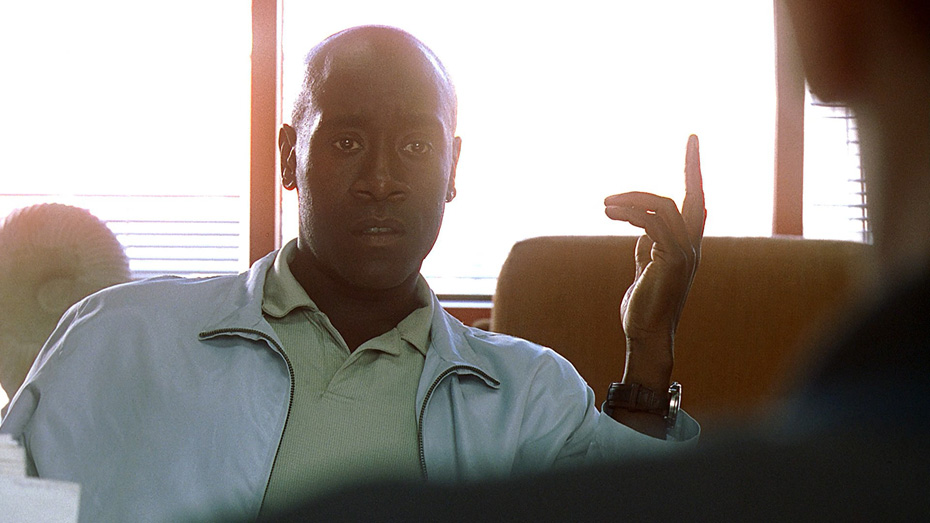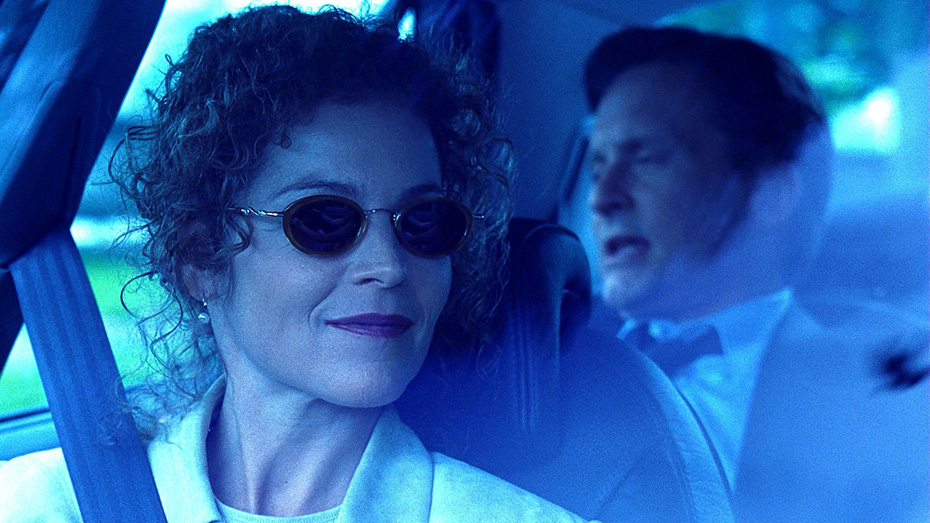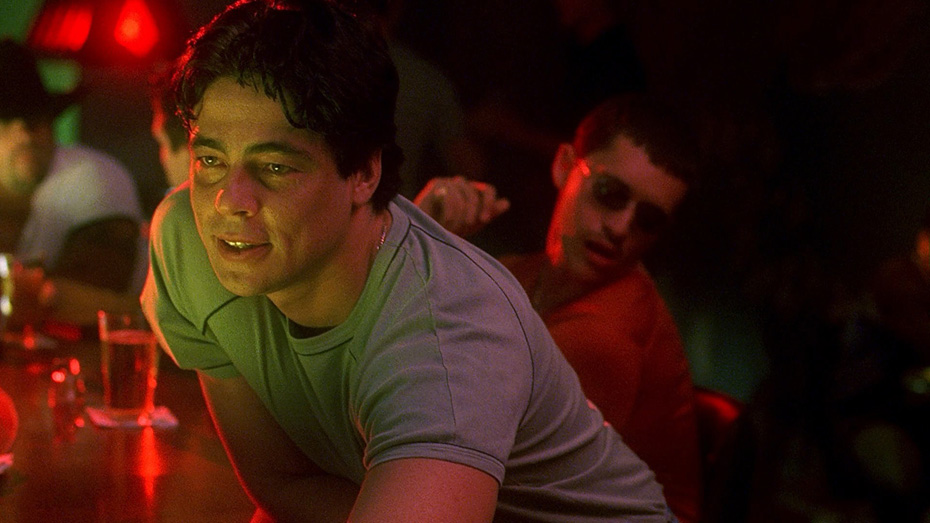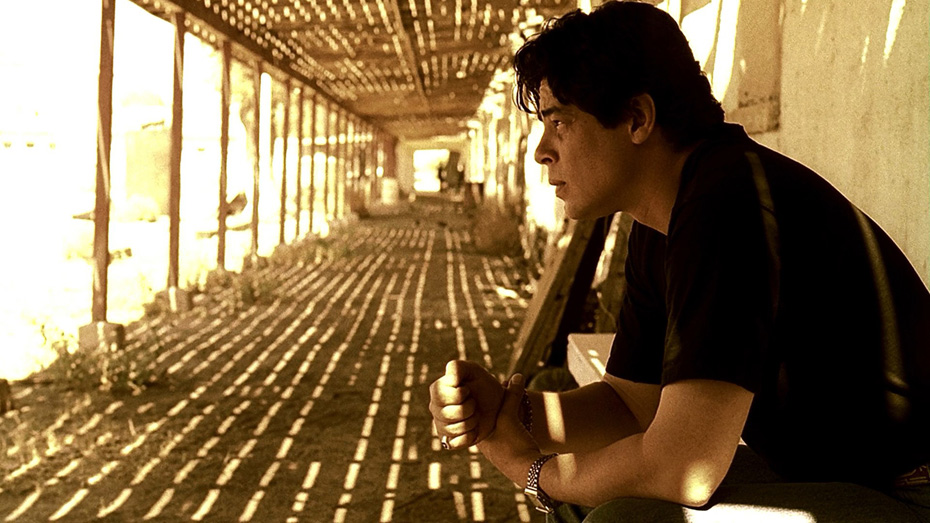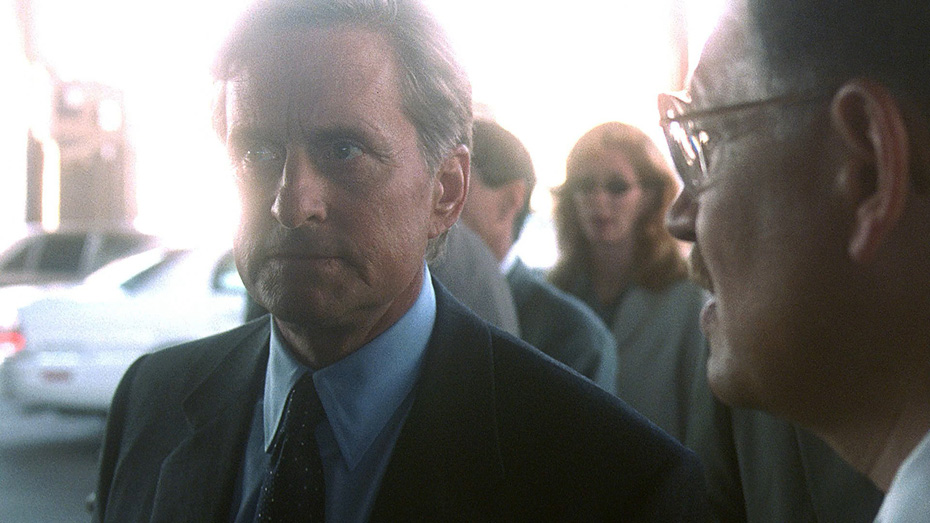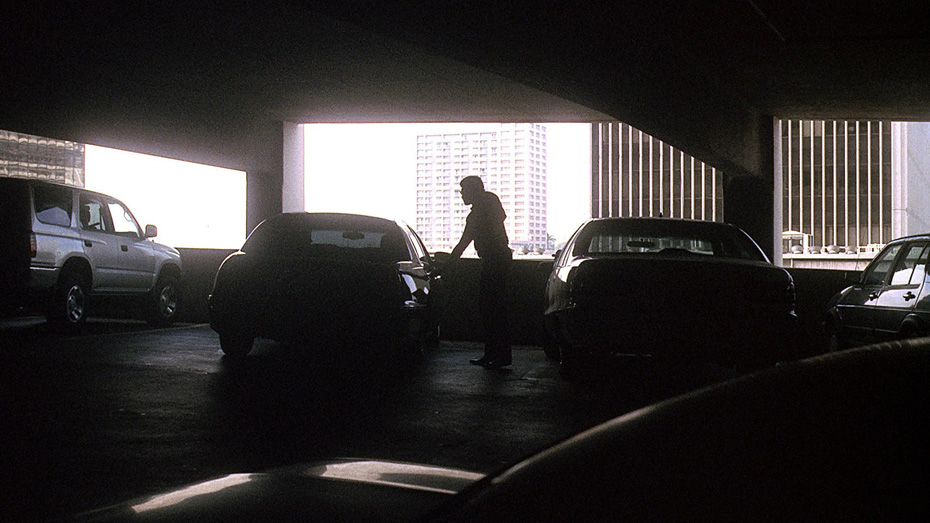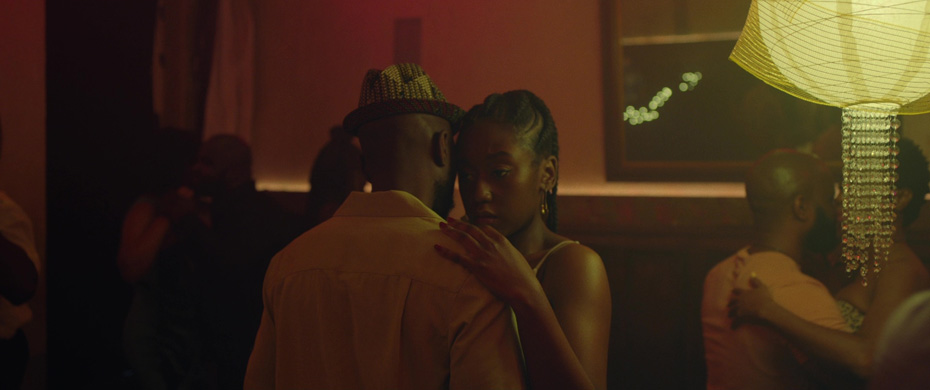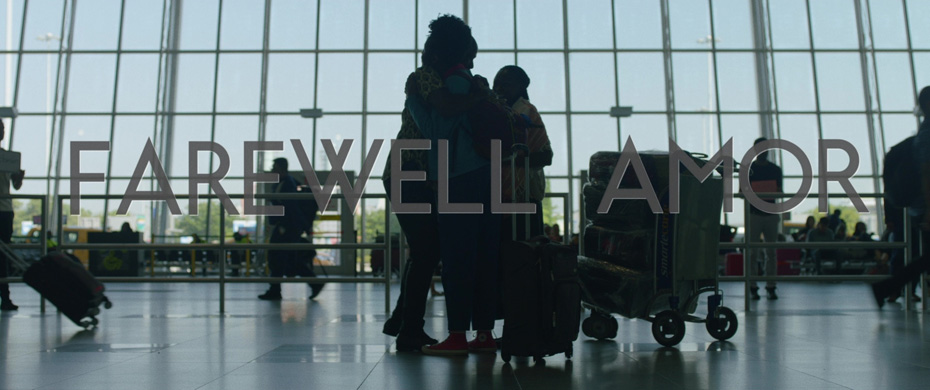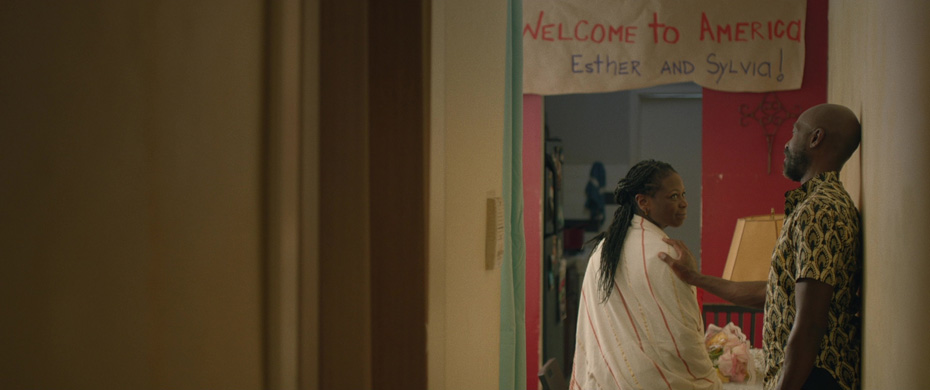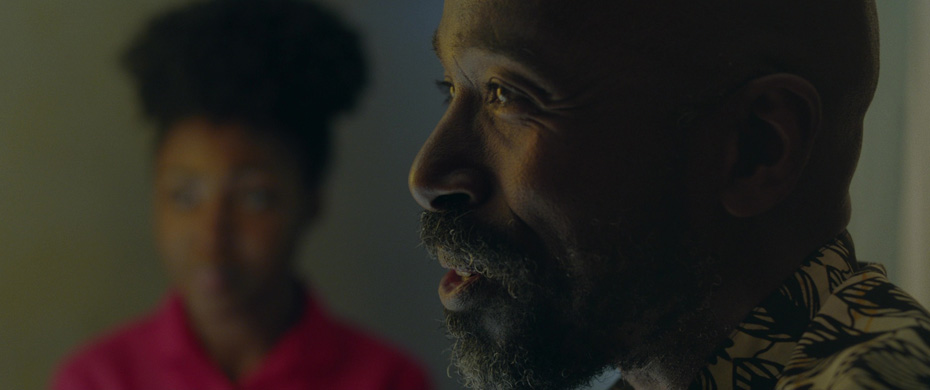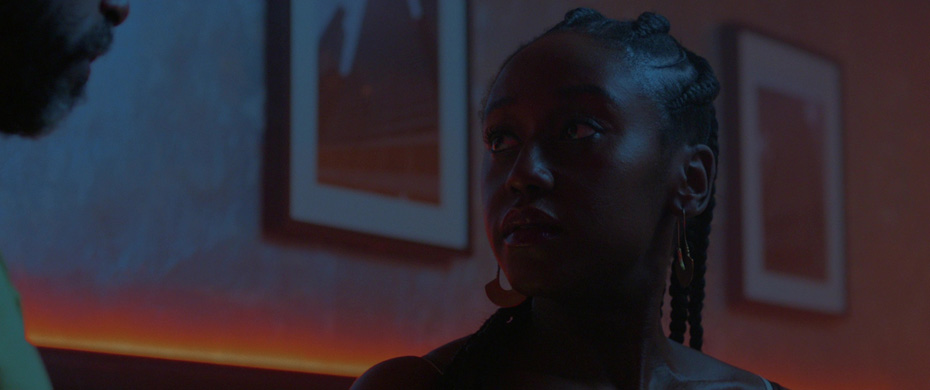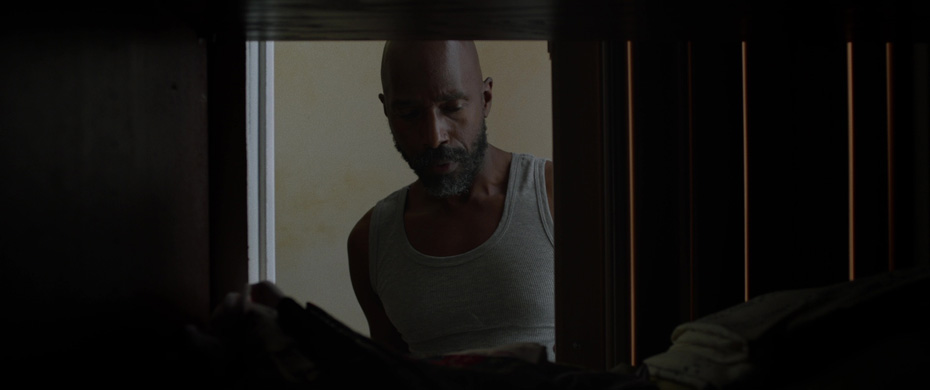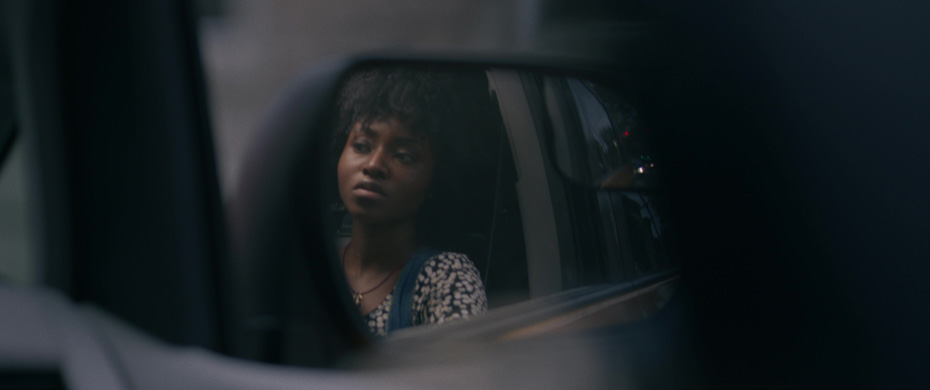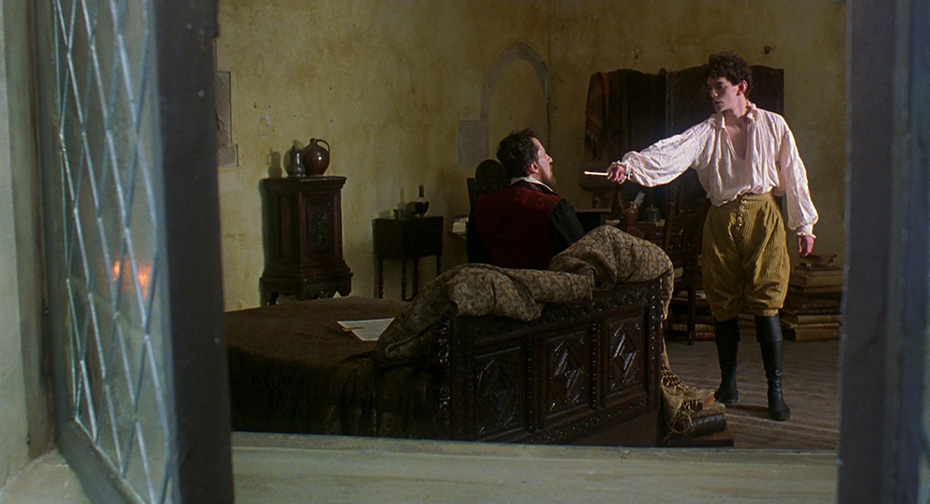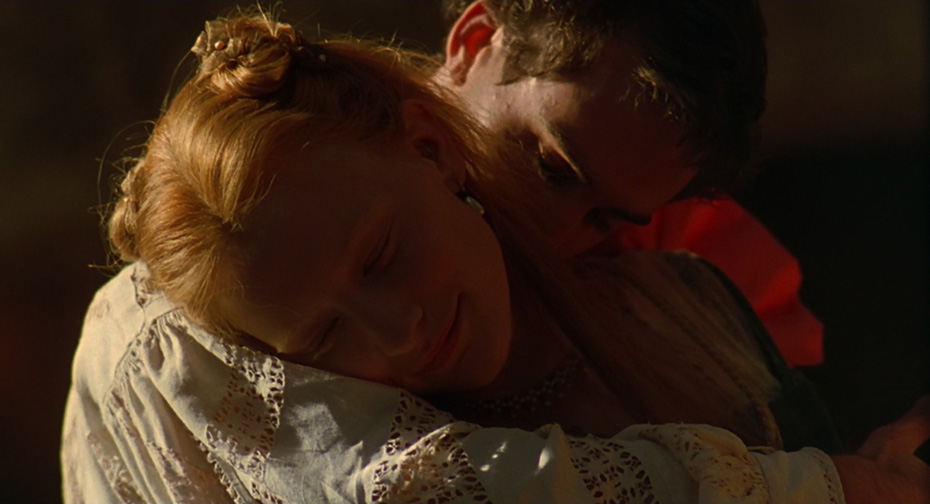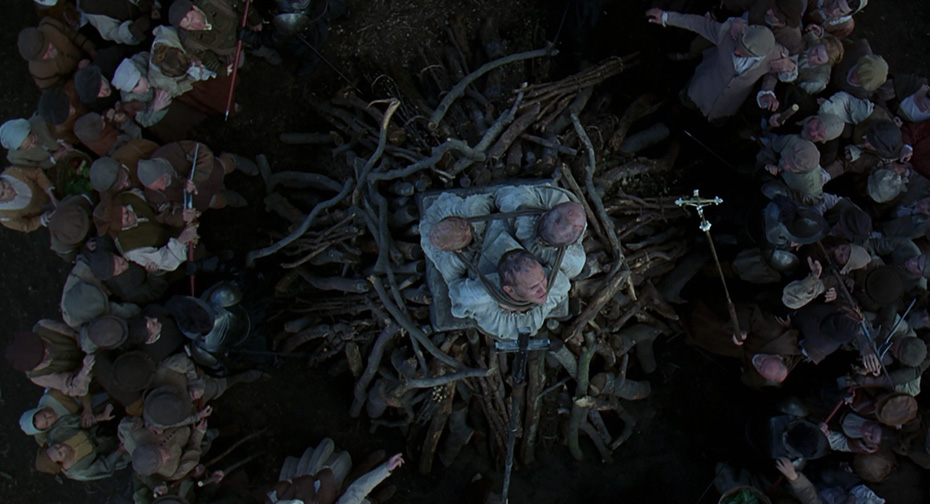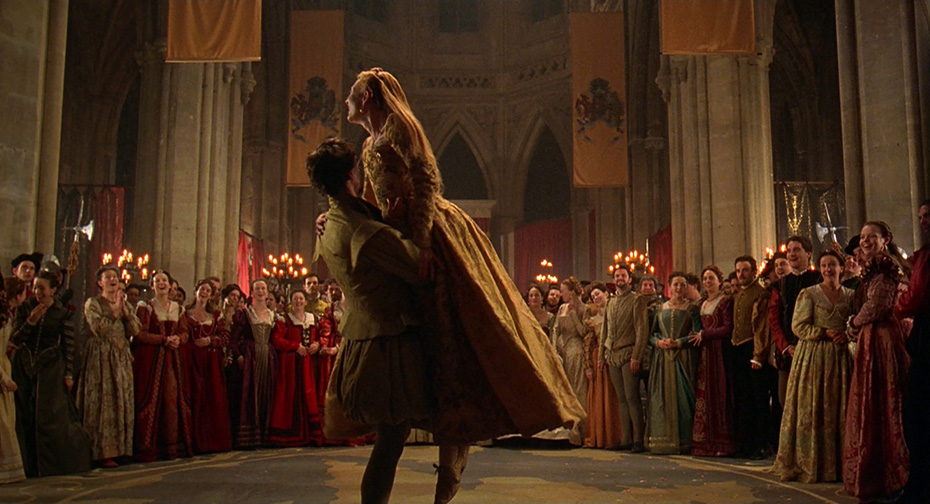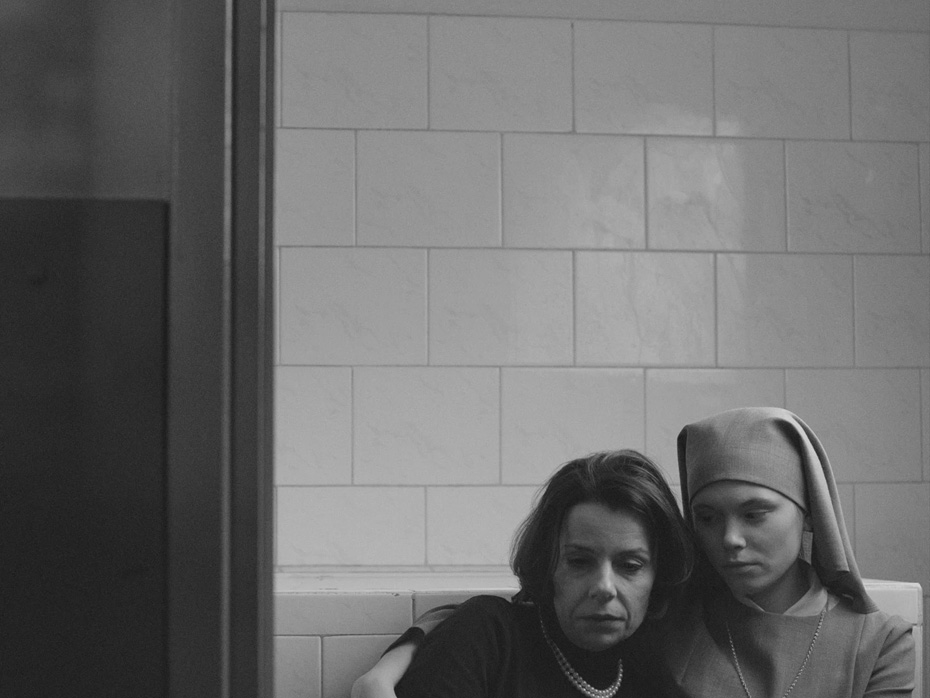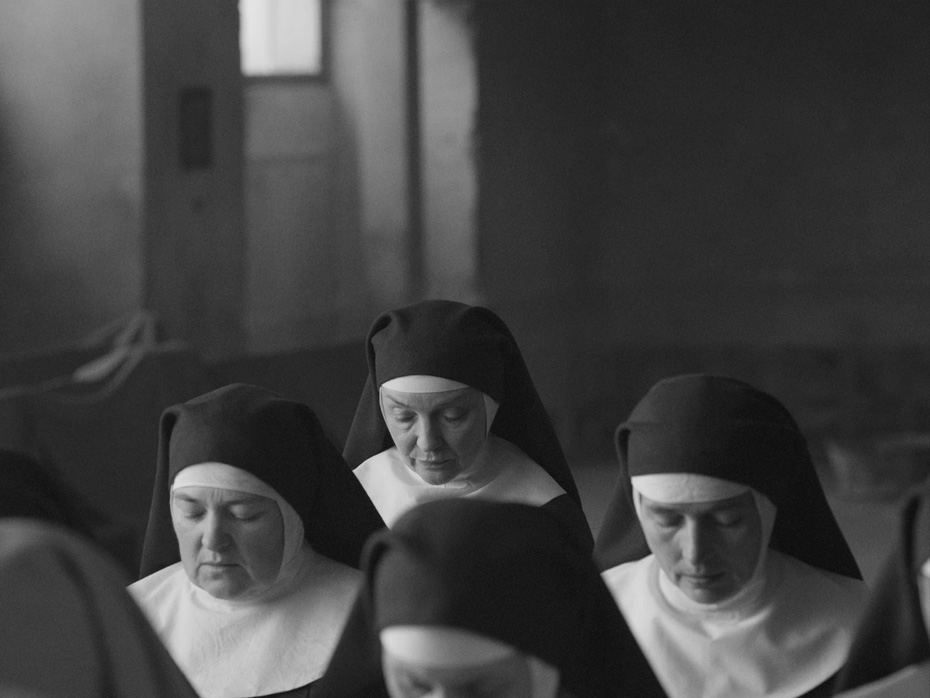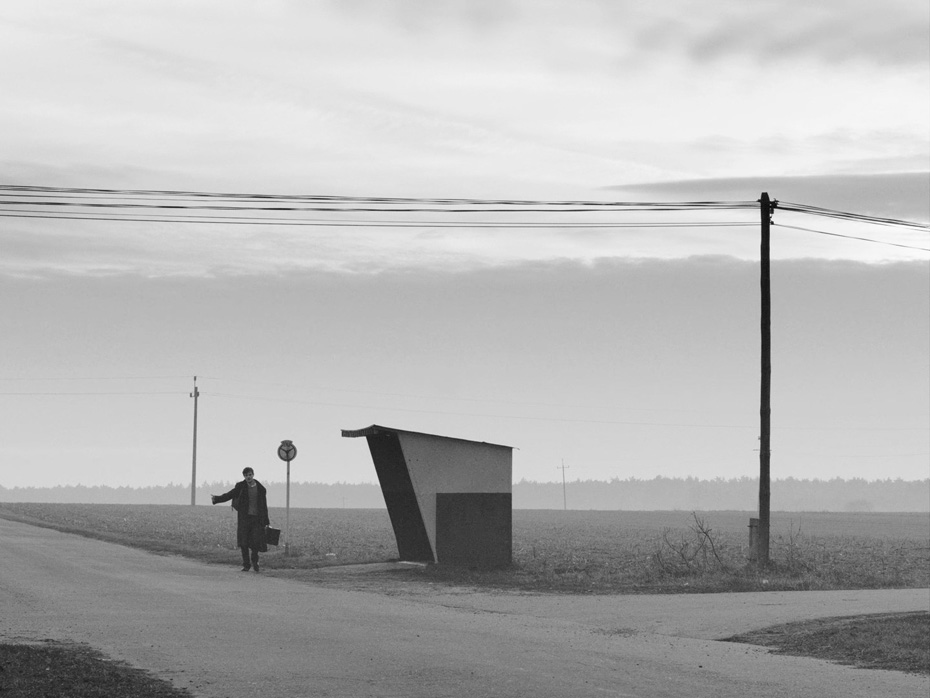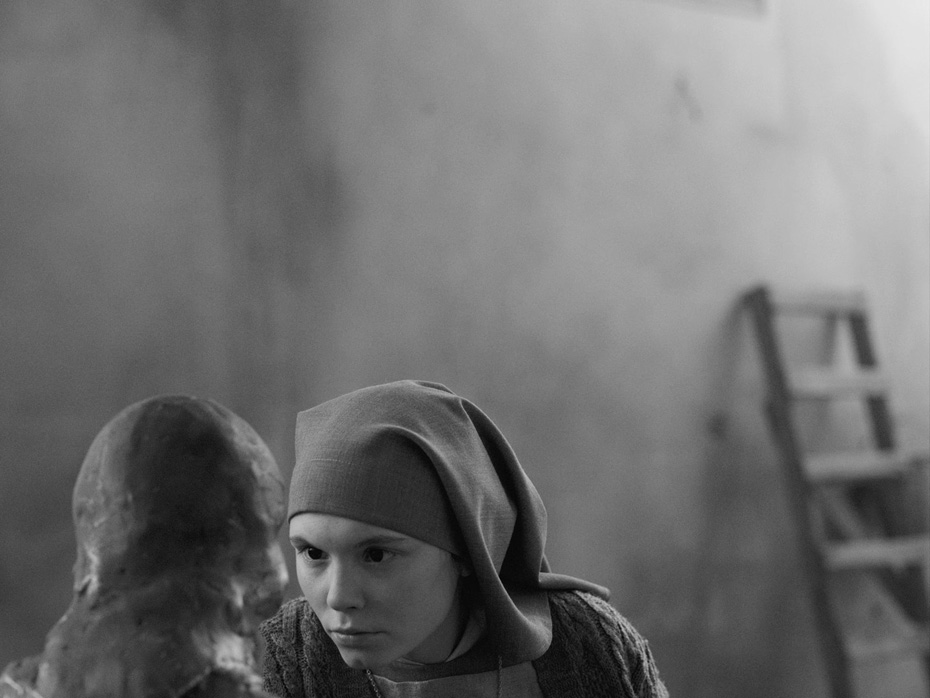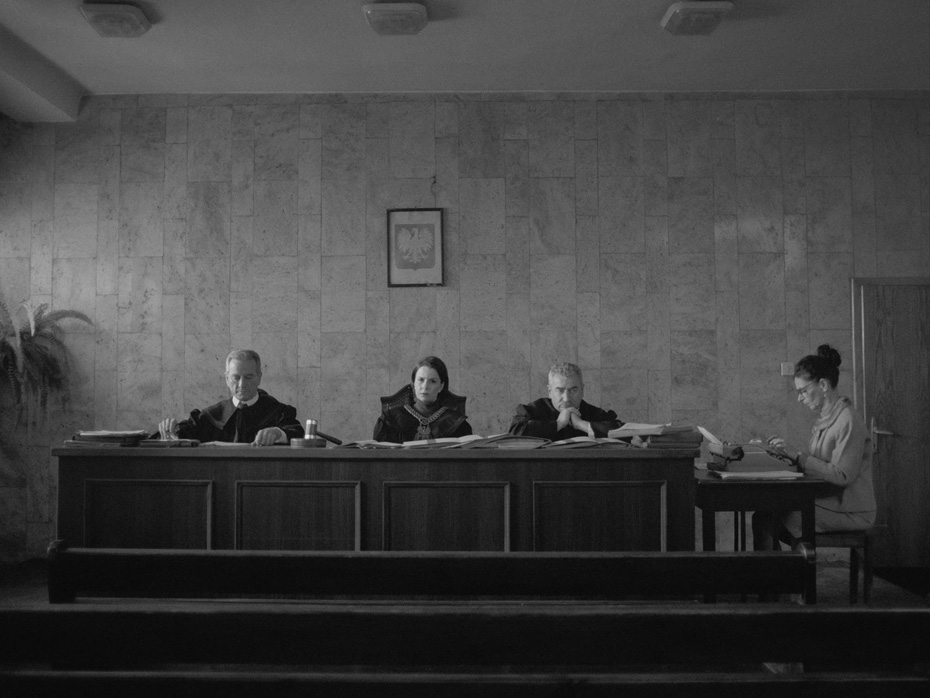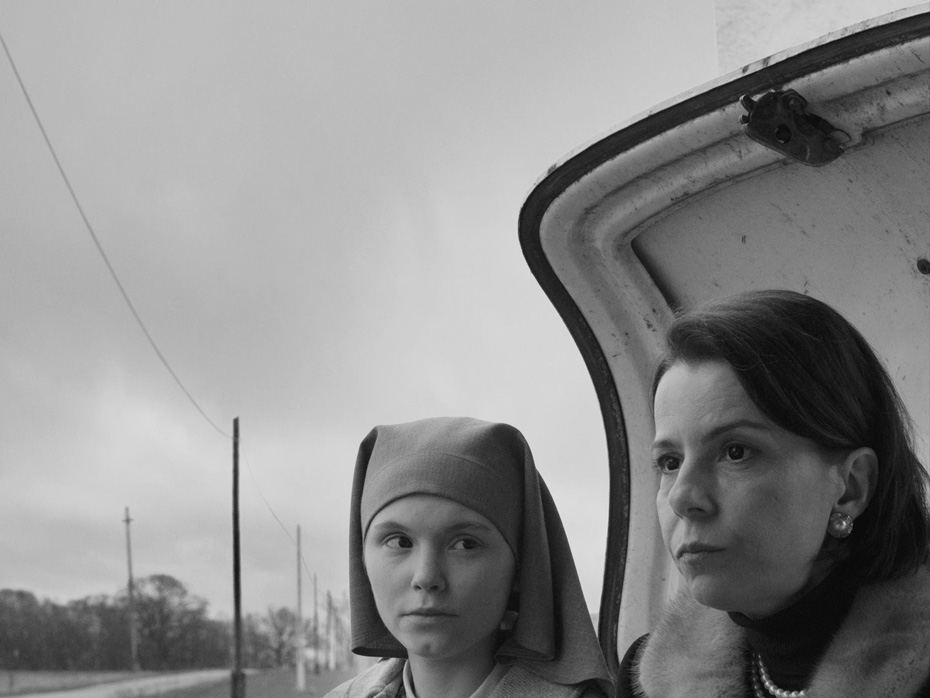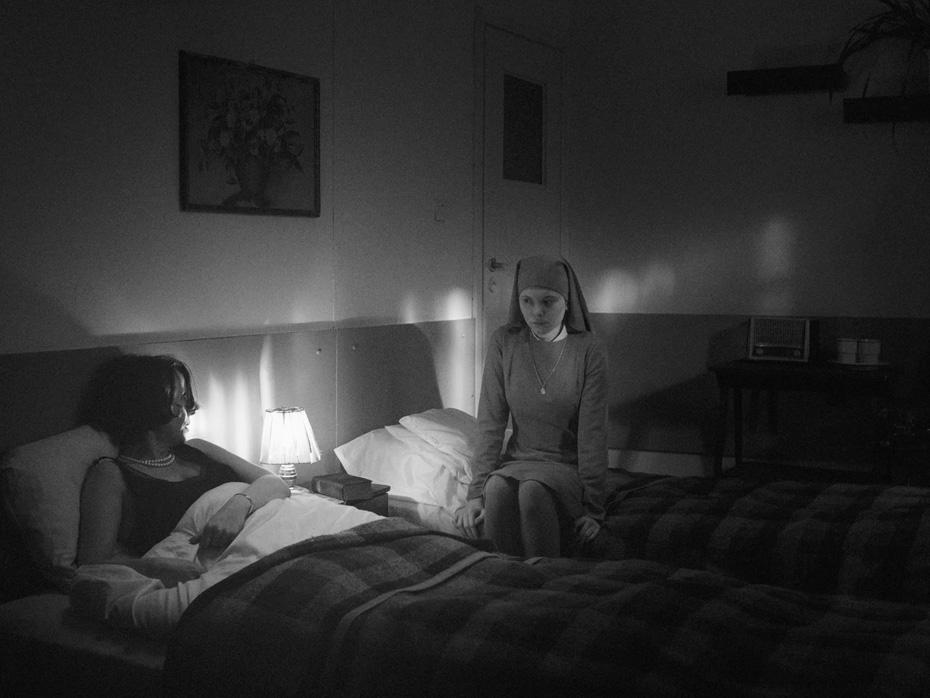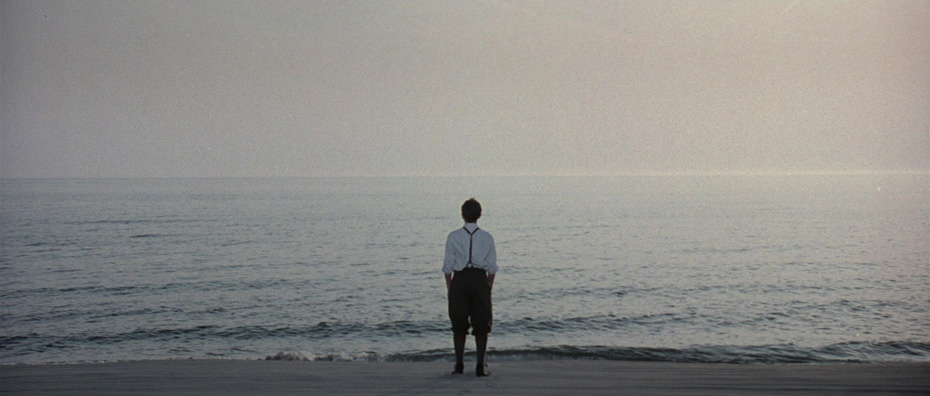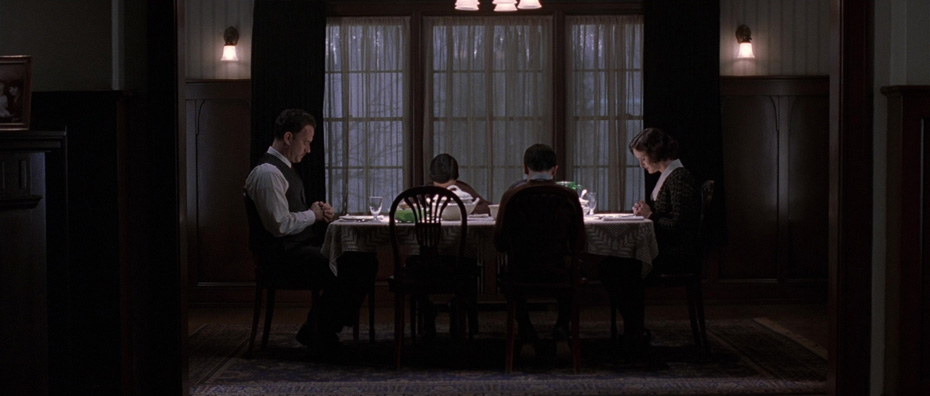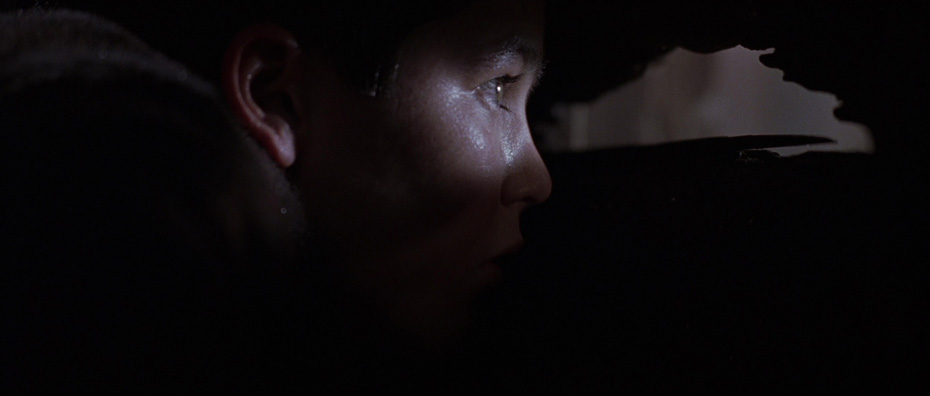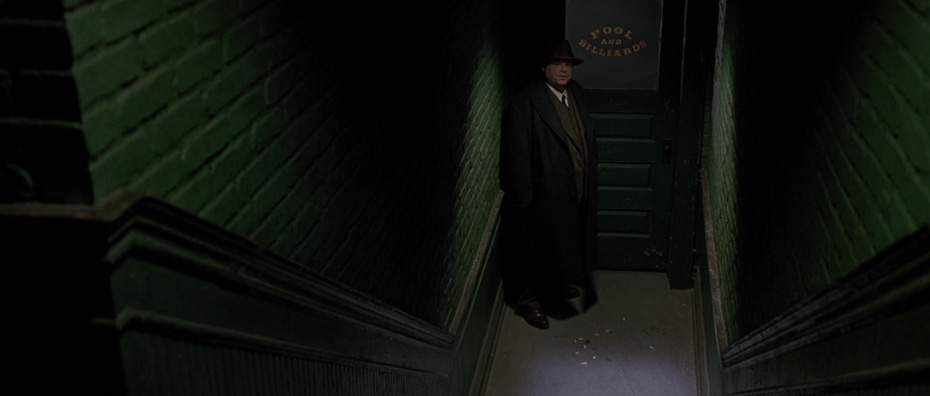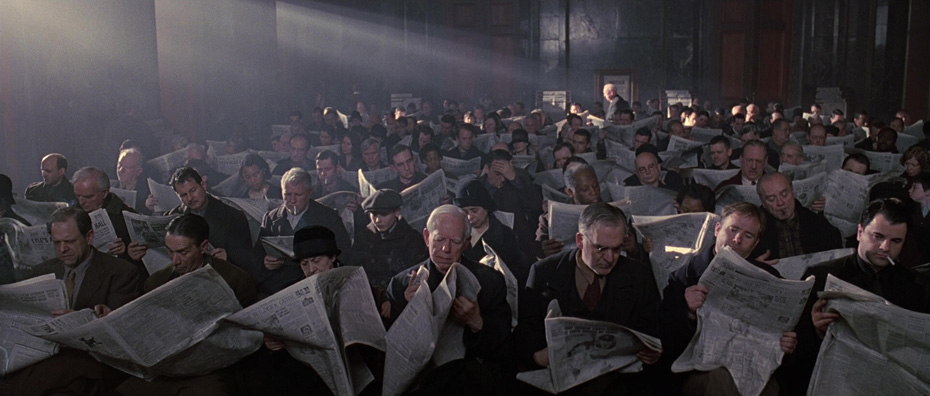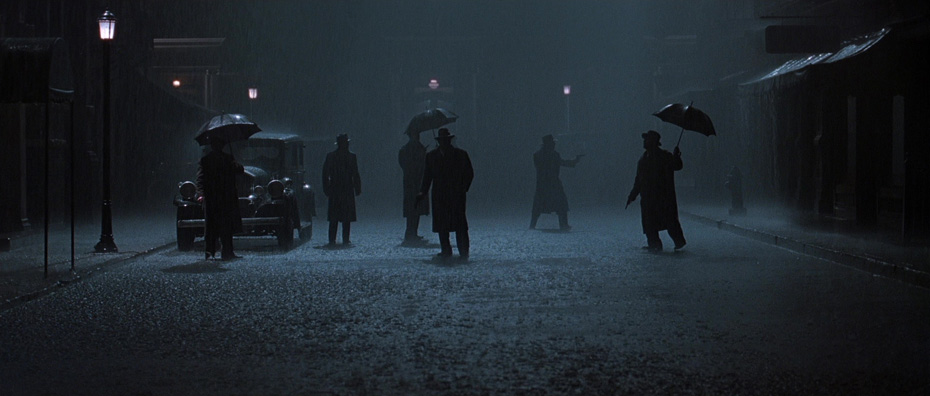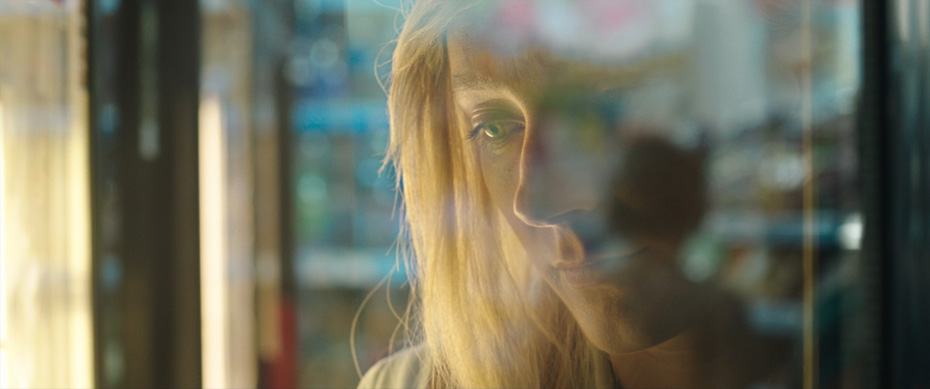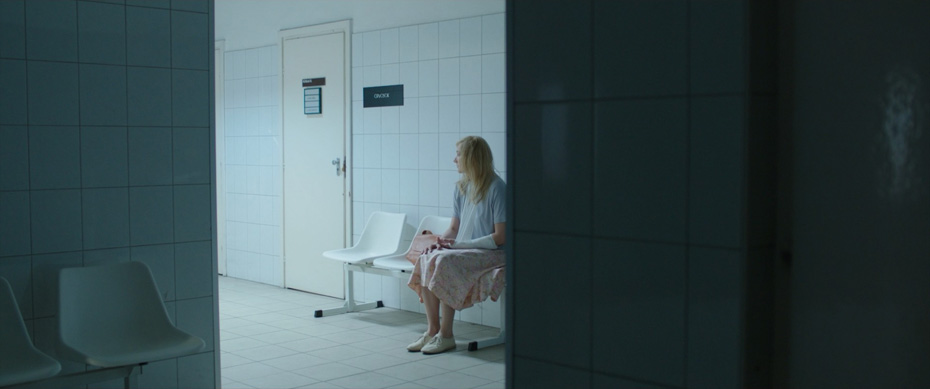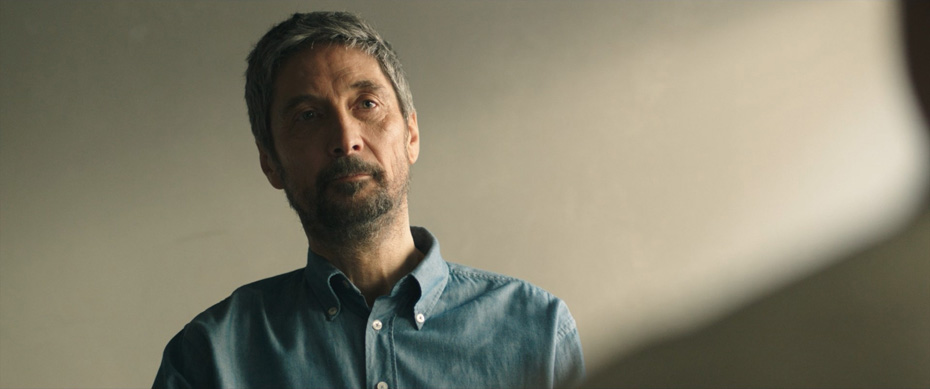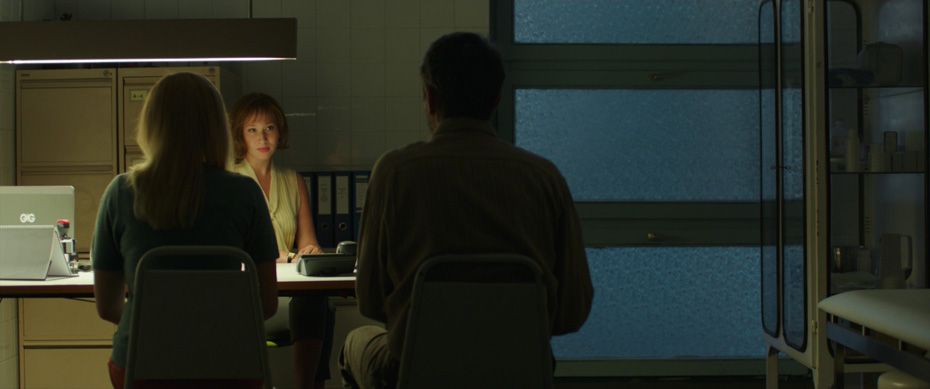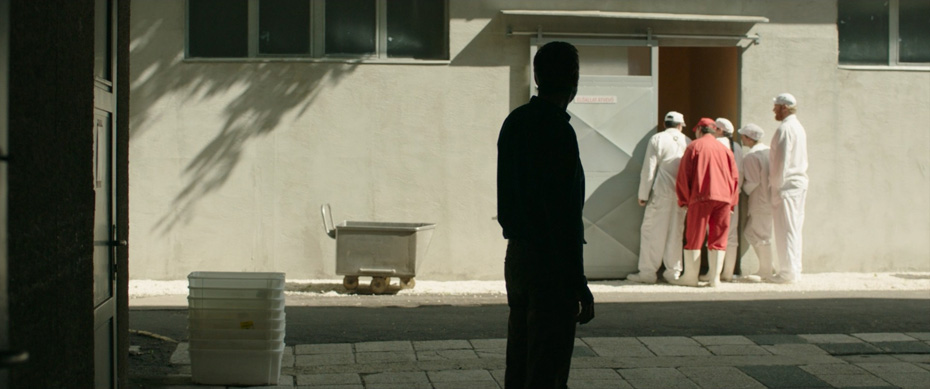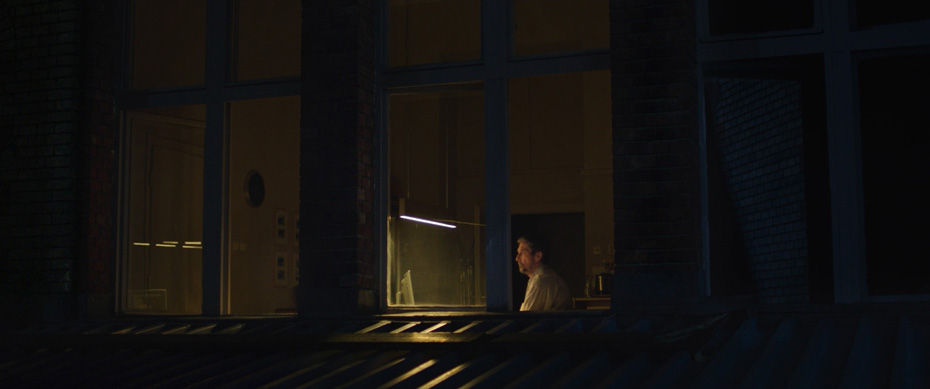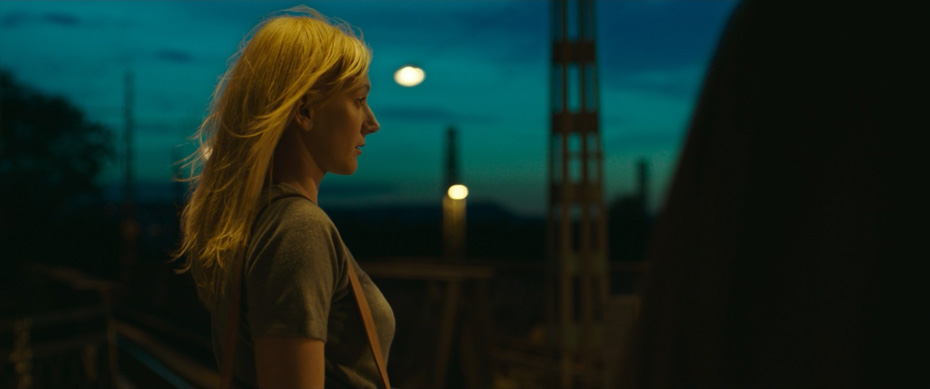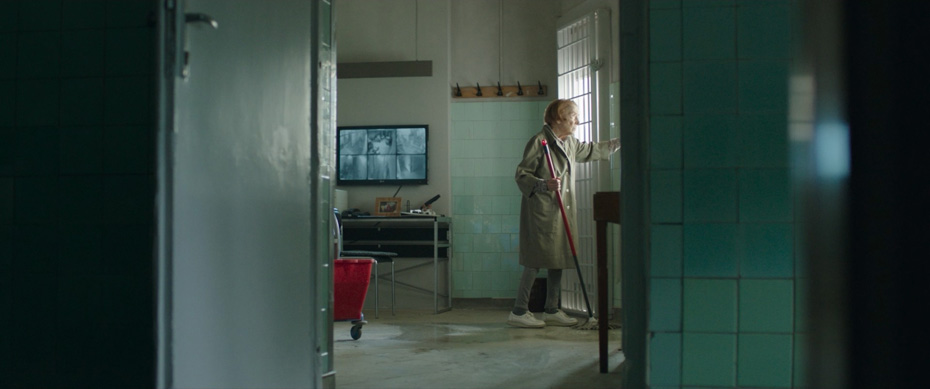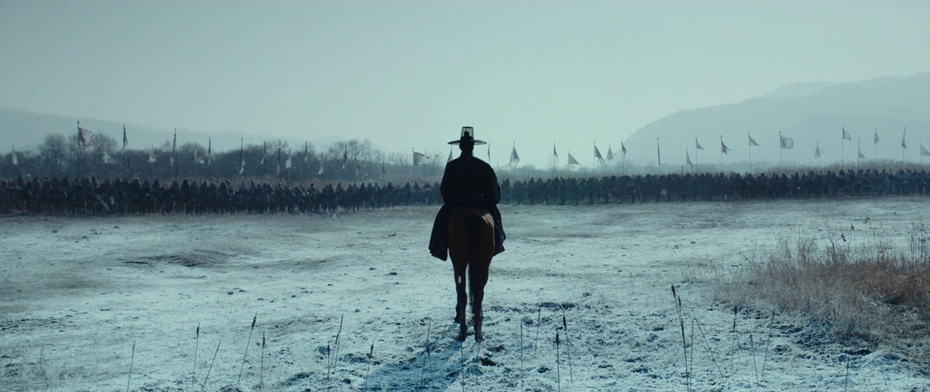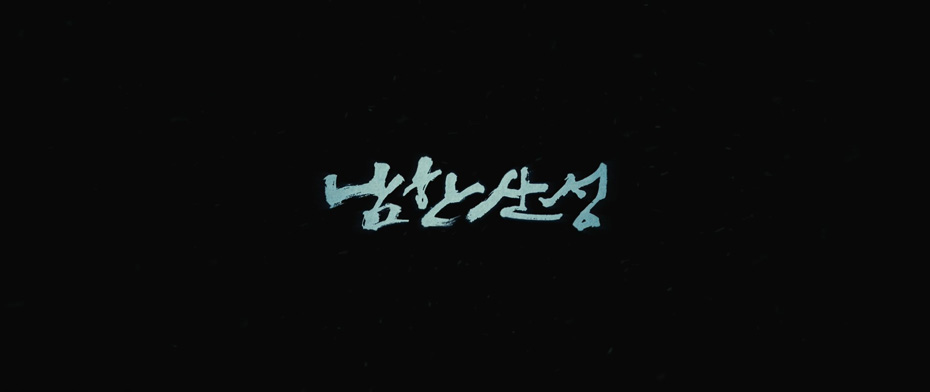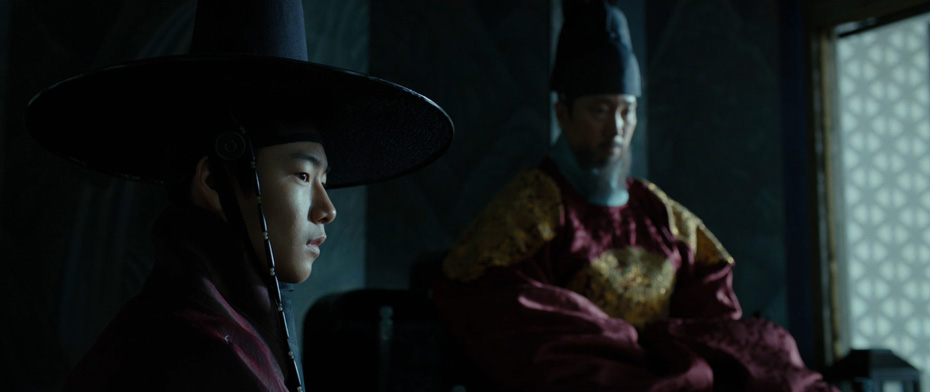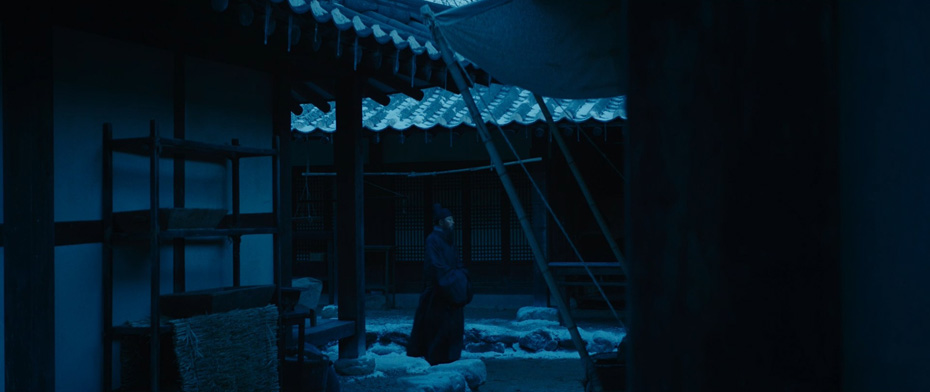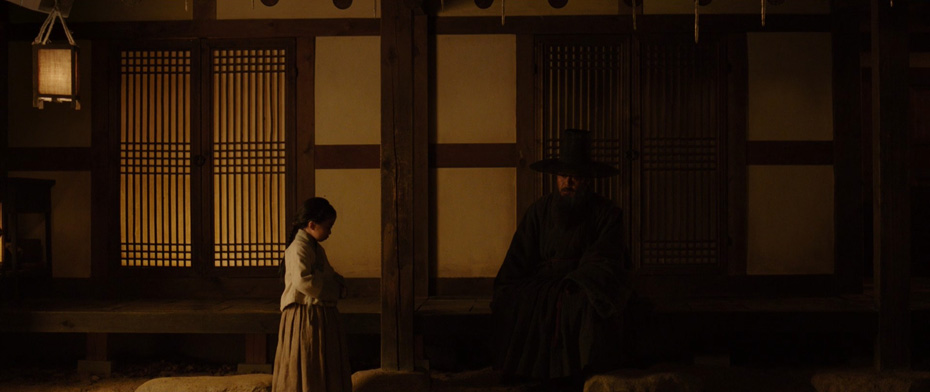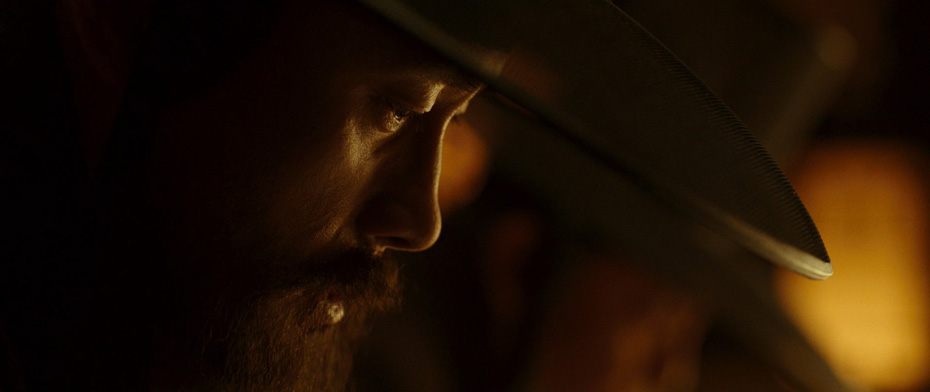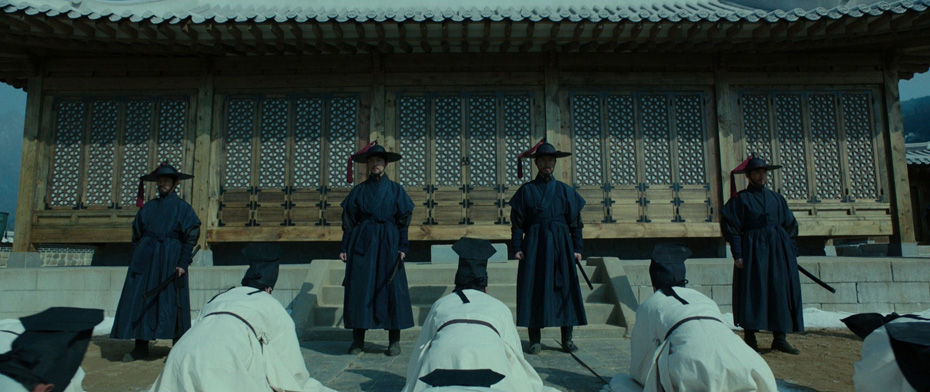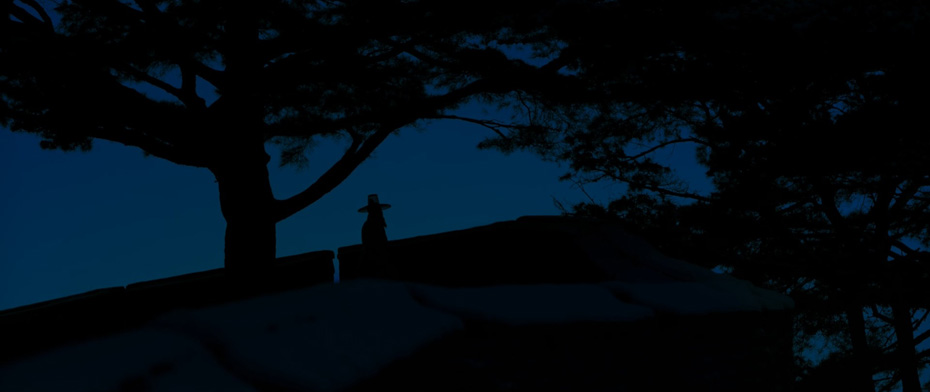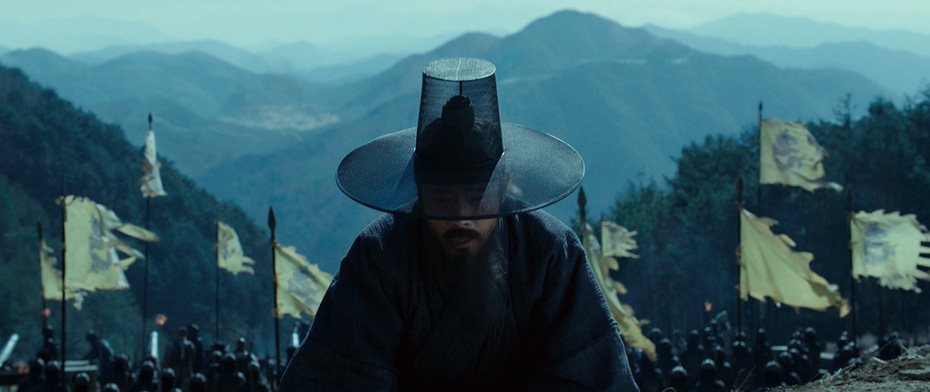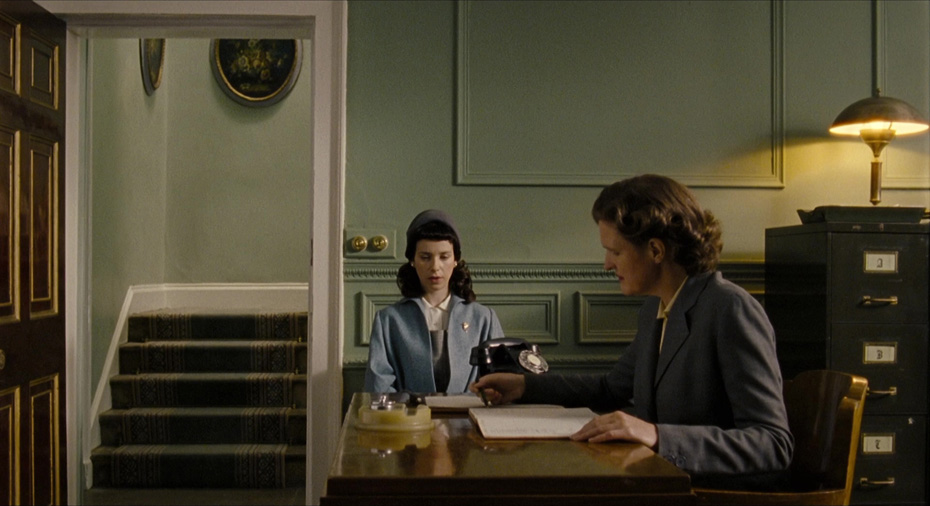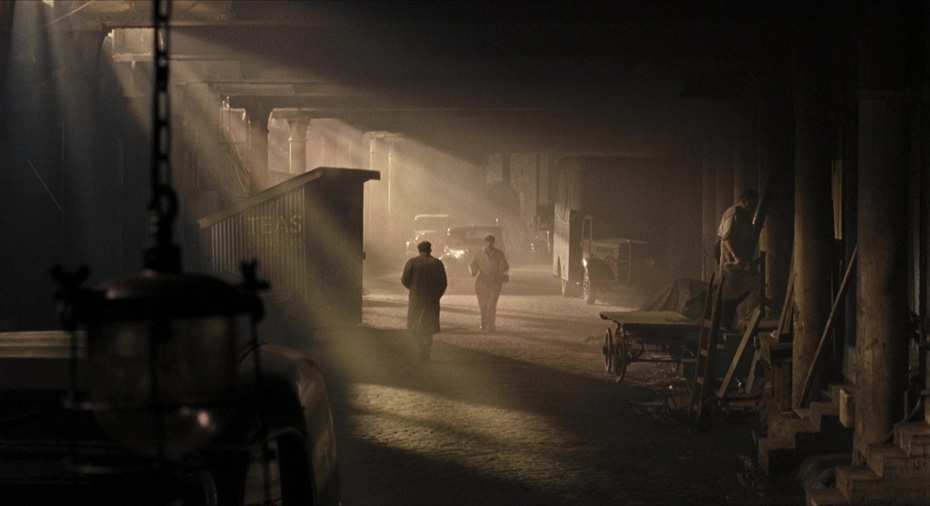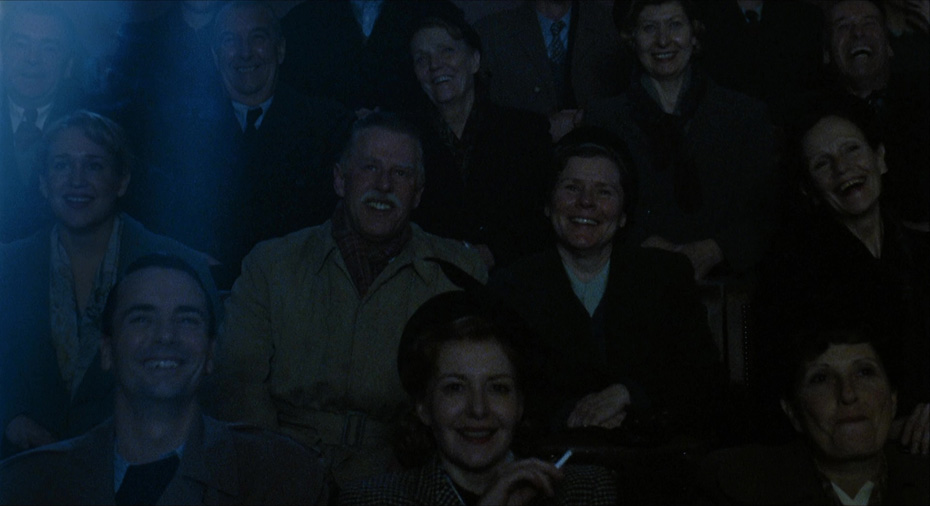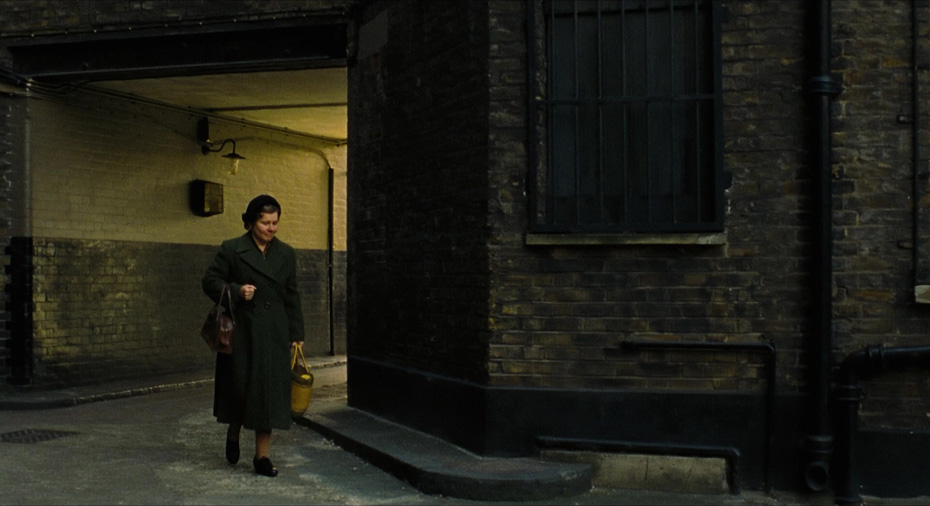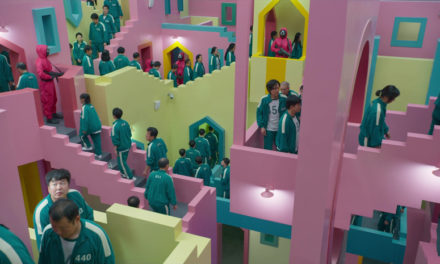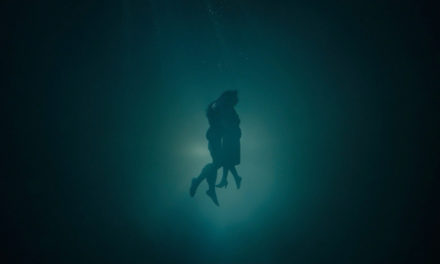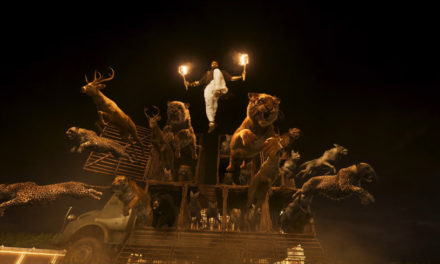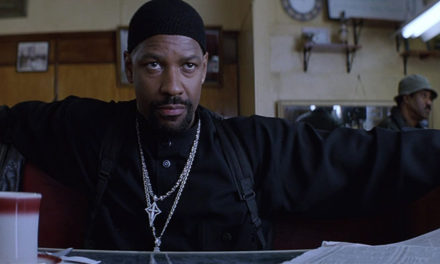THE TUESDAY DROP: 4,800+ New Shots
11.15.22 Get your Decks ready ShotDeck Team! We’re adding the complete first season of Killing Eve as well as several films including Top Gun: Maverick, Rebel Without a Cause, and more! Check them out below, and remember you can always request films for future drops by clicking here!
REBEL WITHOUT A CAUSE (1955)
REBEL WITHOUT A CAUSE is a 1955 American coming-of-age drama directed by Nicholas Ray and starring James Dean. The film follows Jim Stark (Dean), a rebellious teenager with a troubled past who moves into a new town and makes both new friends and enemies. The film also stars Natalie Wood, Sal Mineo, Jim Backus, Ann Doran, Corey Allen and William Hopper. The title is derived from psychiatrist Robert M. Lindner’s 1994 book Rebel Without a Cause: The Hypnoanalysis of a Criminal Psychopath, though the film does not reference it. Rebel Without a Cause was released one month after Dean’s death in a car accident, and has gone on to be considered a landmark performance of Dean’s, as well as a landmark American film of the 1950s. The film was nominated for three Academy Awards and in 1990, was added to the US Library of Congress’s National Film Registry. Ray worked on the film with American cinematographer Ernest Haller, who was also known for his work in films such as Jezebel, Gone with the Wind, Mildred Pierce and What Ever Happened to Baby Jane?.
Rebel Without a Cause was initially considered by Warner Brothers to be a B-movie project, and Ray and Haller went into production using black-and-white film stock. However, when Dean was nominated for an Academy Award for his performance in East of Eden, and Jack L. Warner realized he was a rising star, more attention was given to the project, resulting in, among other things, changing the film to be shot in color (requiring Ray and Haller to reshoot several scenes), as well as changing the aspect ratio from Academy to CinemaScope. CinemaScope had only been introduced as a format two years earlier. It is an anamorphic lens series, used mostly from 1953-67, which allowed widescreen films to be shot in a way that they could then be screened in theaters with existing equipment, adding a lens adapter. Ray and Haller worked closely with production designer Malcolm Bert and costume designer Moss Mabry to give the film a richness and vibrancy that created a new way of seeing impoverished urban environments on screen. Rebel Without a Cause is now considered a landmark cinematic achievement for its use of the form, possessing a richness and depth of color, as well as an expansiveness of visual scope rarely before seen for films covering such humanist, intimate subject matter.
TOP GUN: MAVERICK (2022)
TOP GUN: MAVERICK is a 2022 American action war film directed by Joseph Kosinski, and is the sequel to the 1986 film Top Gun. The film stars Tom Cruise as Pete “Maverick” Mitchell, who is brought back as an instructor to the Navy’s top aviator graduates, and must balance the demands of an upcoming mission with the need to confront the ghosts of his past. Miles Teller, Jennifer Connelly, Jon Hamm, Glen Powell, Lewis Pullman, Ed Harris and Val Kilmer also star. Top Gun: Maverick premiered at CinemaCon, before playing at the 2022 Cannes Film Festival. The film has grossed over $1.4 billion from its $170 million budget, making it the highest-grossing film of 2022 so far. Kosinksi worked on the film with Chilean cinematographer Claudio Miranda, who previously worked with Kosinski on Tron: Legacy, Oblivion, Only the Brave and Spiderhead, and who is also known for his work on films such as The Curious Case of Benjamin Button and Life of Pi.
Kosinski and Miranda shot Top Gun: Maverick in IMAX format using Sony Venice 6K Full Frame cameras, keen to capture the aerial scenes with as much authenticity and precision as possible. Along with Cruise, Kosinski, Miranda and the production team spent over a year in preparation with Navy aerial forces to develop techniques that would allow them to use the Venice cameras in the air in a way that could capture the shots they wanted and withstand the forces being placed on them. Four cameras were mounted inside the cockpit, pointed at the actors (who were sitting behind the Navy pilots who were operating the planes), two cameras were inside the cockpit facing forwards, and a series of cameras were mounted to the exteriors of the aircraft. NAVAIR engineers used wind tunnel testing and computer modeling to rig the cameras in a way that they would withstand the speeds and g-forces they were subjected to, while Kosinski and Miranda collaborated on ensuring they were capturing all the relevant angles with the cameras. In the end, over 800 hours of aerial footage was shot for Top Gun: Maverick.
KILLING EVE: SEASON ONE (2018)
KILLING EVE is a British spy thriller television series created by Phoebe Waller-Bridge, based on the Villanelle novel series by Luke Jennings. The series follows Eve Polastri (Sandra Oh), a British intelligence investigator tasked with capturing psychopathic assassin Villanelle (Jodie Comer). As the chase progresses, the two develop a mutual obsession. Season 1 of the series premiered on BBC in 2018, and was nominated for two Primetime Emmy Awards. Waller-Bridge and Production Designer Kristian Milsted centered their goals for the look of Killing Eve as a reflection of the two primary characters, and using the spaces that Eve and Villanelle occupied as a mechanism by which to contrast their lives and characters. Eve’s space was reflective of her being stuck in the mundanity of her life and job, and wanted to create a typically small London space for her home – one that could make her and the audience feel trapped. At the same time, they wanted the space to be reflective of her character, using warm characters and giving the walls a pinkish hue, and furniture and posters reflective of her intellectual nature.
On the other hand, Villanelle, a compulsive, wealthy, glamorous person who nonetheless has a transient existence, had to have a space reflective of that, which also moved away from the tropes of the sleek assassin’s apartment. Milsted and her team built a crumbling grand Paris apartment on sound stages, using real materials layered on top of one another to have the design realistically incorporate the effects of aging, and the furniture and space design reflected Vilanelle’s magpie tendencies to collect objects that didn’t necessarily belong in the same space.
TRAFFIC (2000)
TRAFFIC is a 2000 American crime drama directed by Steven Soderbergh, from a script by Stephen Gaghan. The film observes America’s war on drugs through several interconnected stories: an Ohio Supreme Court judge appointed as the nation’s Drug Tsar, unaware that his daughter is addicted to heroin; two DEA agents pursuing the wife of a jailed drug baron who is trying to control his business; and a Mexican police officer taking a lone stance against the powerful cartels in his community. It features an ensemble cast including Michael Douglas, Don Cheadle, Benicio del Toro, Erika Christensen, Luis Guzmán, Dennis Quaid, Catherine Zeta-Jones, and Topher Grace. Soderbergh was the film’s cinematographer, operating under the credited pseudonym Peter Andrews.
Soderbergh was inspired by the cinema verite style of films directed by Ken Loach for Traffic, wanting to emulate the social realist style of filmmaking for the social and political commentary he hoped the film would make. In order to authentically serve that documentary aesthetic, Soderbergh studied Loach films’s camera work closely, observing that keeping the audience at enough of a distance from the characters through a combination of camera placement, composition, lensing and eyelines would prevent the film from feeling too theatrical. To tell the three stories apart in the film, Soderbergh created a distinctive look for each. Robert Wakefield’s story was shot with tungsten film with no filter, creating a cold, monochrome blue look. Javier Rodriguez’s story was shot with tobacco filters and 45 degree shutter angle, which create an especially sharp image. Helen Ayala’s story was shot with diffusion filters, and Soderbergh then flashed the film and overexposed it to give it a warmer feel. The entire film was then taken through an Ektachrome step which increased both the contrast and the grain in the image.
FAREWELL AMOR (2020)
FAREWELL AMOR is a 2020 American drama written and directed by Ekwa Msangi. The film follows Walter (Ntare Mwine), who is joined in the US by his wife and teenage daughter (Zainab Jah and Jayme Lawson) after 17 years in exile from Angola. Now strangers sharing a one-bedroom apartment, they discover a shared love of dance that they hope will help them overcome the emotional distance between them. Farewell Amor premiered at the Sundance Film Festival, before going on to play at the São Paulo International Film Festival, the International Film Festival of India and the BFI London Film Festival. Msangi worked on the film with American cinematographer Bruce Francis Cole, who is known for his work on projects such as Queen Sugar, Jinn and A True Crime.
Cole arrived onto the project late after the original DP dropped out, and he and Msangi gelled quickly on their shared references within African cinema, as well as films such as Mother of George and La Tropical. Since the film was structured in three distinct chapters, each following a different principal character, Cole and Msangi decided to represent each with a distinct visual language. Chapter 1 – Walter’s story, was shot with wider focal lengths (17.5mm, 21mm and 27mm) Close Focus Primo lenses, with the camera always on a tripod or dolly from a distance, in order to keep the characters emotionally detached. They occasionally shot with a 40mm lens. Chapter 2 – Sylvia’s story, was shot mostly handheld, and close to the actors. Cole and Msangi wanted this chapter to feel immersed in the environment and the characters’ personal space, and shot with 27mm and 35mm Close Focus Primos as well as 65mm and 85mm Primos, using the focal length to control depth of field rather than T stop. The final chapter, Esther’s story, was shot to feel very subjective and romanticized, and Cole and Msangi used longer Cooke Panchro lenses to keep frames detached from one another, using montage editing techniques heavily in this chapter. Filtration on the lenses became increasingly important as they sought to convey the fantasies in Esther’s mind, and was stripped back when they wanted to present a more honest picture of the story.
ELIZABETH (1998)
ELIZABETH is a 1998 British biographical period drama film directed by Shekhar Kapur, starring Cate Blanchett as Elizabeth I of England, focussing on the early years of her reign after the death of her half-sister Mary I, who had imprisoned her. The film also stars Geoffrey Rush, Christopher Eccleston, Joseph Fiennes, John Gielgud and Richard Attenborough. Elizabeth premiered at the Venice International Film Festival and grossed over $82 million from its $30 million budget. The film was later nominated for seven Academy Awards including Best Picture and Best Actress (Blanchett), winning in the Best Makeup category. Kapur worked on the film with British costume designer Alexandra Byrne. Byrne is also known for her work on films such as Mary Queen of Scots, The Aeronauts, The Avengers and Doctor Strange.
Byrne had established a reputation of designing costumes for period films, and building a practice reliant upon deep research and close attention to historical accuracy. For Elizabeth, Kapur wanted Byrne to diverge from that practice, favoring clothing options and designs that would tether themselves more closely to the emotional journey of the film, over historical accuracy. Byrne used paintings of Elizabeth I as a starting point for her inspiration, designing costumes that emphasized the theatricality and grandeur of the film. The ensemble of the film is largely dressed in reds, golds, blues and purples that paint a picture of a lavish court. To emphasize Elizabeth’s red hair Byrne dressed Blanchett in lots of blues, saving red for the moments after she is in a rage after her failed battle.
IDA (2013)
IDA is a 2013 Polish drama directed by Paweł Pawlikowski, and co-written by Pawlikowski and British playwright Rebecca Lenkiewicz. Set in 1962 Poland, the film follows Anna, a young woman on the verge of taking her vows as a nun, when she discovers that she is Jewish. The discovery prompts her on a journey to learn more about her family. The film stars Agata Trzebuchowska, Agata Kulesza, Dawid Ogrodnik, and Joanna Kulig. Ida premiered at the Toronto International Film Festival, grossed over $15 million from its $2.6 million budget, and later won the Academy Award for Best Foreign Language Film. Pawlikowski worked on Ida with Polish cinematographers Łukasz Żal and Ryszard Lenczewski. Lenczewski had shot all of Pawlikowski’s films up until that point, while Żal would go on to shoot Cold War, as well as other films such as Loving Vincent and I’m Thinking of Ending Things.
Lenczewski began work on Ida by taking thousands of stills in the Polish countryside, setting a mood for loneliness, sadness and nostalgia influenced by photographers such as Cartier-Bresson that would set the visual palette for the film. He and Pawlikowski shot the film digitally using the Arri Alexa in color in a 1:33 aspect ratio, and decided that they would convert the film to black-and-white in post-production. Lenczewski became ill 10 days into production and was replaced by Żal. Żal and Pawlikowski found a shared cinematic language quickly, building Ida’s visual identity through minimal camera movement, long takes and unusual compositions that both recalled Polish films of the 1960s, as well as create a sense of longing and uncertainty for the audience, as a way of emotionally mapping them to Ana’s journey.
ROAD TO PERDITION (2002)
ROAD TO PERDITION is a 2002 American crime drama directed by Sam Mendes, written by David Self from a graphic novel of the same name written by Max Allan Collins and illustrated by Richard Piers Rayner. The film stars Tom Hanks, Paul Newman (in his final live-action performance), Jude Law and Daniel Craig. The film is set in 1931 during the Great Deppression, and follows a mob enforcer and his son, who seek vengeance against the mobster who murdered the rest of their family. Jennifer Jason Leigh and Stanley Tucci also star. Road to Perdition grossed over $181 million worldwide from its $80 million budget, going on to earn five Academy Award nominations, winning a posthumous award for cinematographer Conrad Hall. Hall is an iconic French-Polynesian-born American cinematographer, responsible for lensing films such as Butch Cassidy and the Sundance Kid, Fat City, Cool Hand Luke and American Beauty.
Mendes and Hall entered their collaboration with the graphic novel as a strong reference point, as well as the paintings of Edward Hopper (especially his 1939 piece New York Movie). The pair wanted to have a similar atmosphere in the film’s visual language. Hall wanted all the frames to be shot at wide open apertures that only held one point in the depth of field sharply focussed, and to place the camera distant from Michael Sullivan Sr. at the start of the film, to symbolize the emotional distance that his son was being kept from him. Hall also used black silk over the lens during day exterior scenes, an unconventional method of drawing the film into a darker and shadowy space.
ON BODY AND SOUL (2017)
ON BODY AND SOUL is a 2017 Hungarian drama written and directed by Ildikó Enyedi. The film follows the CFO of a slaughterhouse and their newly appointed meat quality inspector, who develop a romance when they discover that they can communicate with each other through their dreams. Géza Morcsányi and Alexandra Borbély star. On Body and Soul premiered at the Berlin International Film Festival, where it won the Golden Bear award, before being nominated in the Best Foreign Language Film category at the Academy Awards. Enyedi worked on the film with Hungarian cinematographer Máté Herbai. Herbai has also shot projects such as Iguana Tokyo, The Investigator and Lost Times.
Enyedi and Herbai entered their collaboration eager to avoid stylistic conversations, for fear of making their approach too rigid and inconsiderate of the emotional journey of the film. The pair storyboarded together as a basis for their shot planning, with Enyedi drawing basic diagrams in pencil to map out shots. Enyedi was interested in taking a “humble” approach to the visual language of On Body and Soul, unafraid to shoot scenes with classical coverage and shorter, precise takes that were paired with a precise lighting design created to serve primarily as a dramaturgical tool, rather than an aesthetic one.
THE FORTRESS (2017)
THE FORTRESS is a 2017 South Korean historical drama directed by Hwang Dong-hyuk, starring Lee Byung-hun and Kim Yoon-seok, and based on Kim Hoon’s novel Namhansanseong. The film is set during the Qing invasion of Joseon in 1636, when King Injo (Park Hae-il) and his retainers sought refuge in a fortress in Namhansanseong. Dong-hyuk worked on the film with South Korean cinematographer Kim Ji-young, with whom he also collaborated on Hwayi: A Monster Boy. Ji-young has since lensed the 2022 film directed by Park Chan-wook, Decision to Leave. Ji-young won the Camerimage Golden Frog prize for his work on The Fortress.
Dong-hyuk and Ji-young came to their collaboration with a reverence for their source material, Namhansanseong, which was a widely celebrated and admired novel. For both, the battles of dialogue between the king and his subjects were just as important to capture as the physical battles of war, and the pair developed a visual language that could capture both with equal emphasis. The wintry circumstances of the incidents became a crucial backdrop to the film, as well as a cornerstone of the visual language, which had a colder, icier palette that emphasized the sorrowful circumstances and emotional journey of the story.
VERA DRAKE (2004)
VERA DRAKE is a 2004 British period drama written and directed by Mike Leigh, starring Imelda Staunton, Phil Davis, Daniel Mays and Eddie Marsan. The film follows Vera Drake (Staunton), a working class woman in London during 1950, who performs illegal abortions. Vera Drake premiered at the Venice International Film Festival, where it was awarded the Golden Lion, before being nominated for three Academy Awards. Leigh worked on the film with longtime collaborator Dick Pope, the British cinematographer with whom he also collaborated with on films such as Life is Sweet, Naked, Secrets & Lies, Happy-Go-Lucky and Mr. Turner.
Leigh and Pope have a long established working habit that is enmeshed in Leigh’s process working with actors, which was also used on Vera Drake. Leigh rehearsed with the cast for many weeks, using improvisation as a technique through which they would organically establish the details of their characters and relationships. Only Staunton was aware that her character performed abortions in the film. Towards the end of rehearsals, Pope would begin observing the scenes, working with Leigh to decide camera positions and shots, and Pope tested lenses and 16mm film stocks by filming stand-ins wearing period-accurate clothes in similar settings.

